Charities and the Cost of Living:
https://www.british-history.ac.uk/rchme/bucks/vol1/plate-12
The Cost of Fuel:
Living Conditions, Housing and Rent:
Creative Commons (CC-BY-NC-SA)
https://maps.nls.uk/view/102340217
Colony Cottages - Ownership Dispute:
283 - Mrs Brooks
284 - Newell
285 - Isaac Brooks
286 - James Brooks
No. 3 Scrubbs Cottages, Bledlow Ridge, Mr G. A. Smith
No. 4 Scrubbs Cottages, Bledlow Ridge, Mr Owen East [22]
Footnotes:
[2] Bleldow Parish Records; Charity and Schools [Bledlow], ‘A book of the wills of benefactors and of other writings relating to the parish of Bledlow, 1768', 1768, 1800-1831, PR_17/25/2, Buckinghamshire Archives.
[3] Ibid.
[4] Ibid.
[5] Ibid.
[6] The Buckinghamshire Village Book, Buckinghamshire Federation of Women’s Institutes, Countryside Books, 1987, p.19.
[7] Oakley, Gwen, Bledlow Ridge, 1973.
[8] McGown, Melville, op. cit., p.14; Public Charities, Analytical Digest of the Commissioners’ Reports, In Continuation of Digest Printed in 1832, London, Her Majesty’s Stationery Office, 1835, p.16.
[9] McGown, Melville, op. cit., p.14.
[10] 'Charity book' [accounts of payments to the poor] [Bledlow], 1702-1759, 1830-1853, PR_17/25/1, Buckinghamshire Archives.
[11] Bledlow Ridge Board School in 1915, Photograph and Article, Newspaper Cutting in possession of author.
[12] 'Charity book' [accounts of payments to the poor] [Bledlow], 1702-1759, 1830-1853, PR_17/25/1, Buckinghamshire Archives.
[13] Over-Crowding at Bledlow Ridge, Typed copy of article from Bucks Free Press, September 1896, email from Mary Anne Britnell, 17th September 2000, copy in possession of author.
[14] A BLEDLOW RIDGE CASE, The Bucks Herald, 15th April 1911, p. 3, col. 2-3
[15] Board of Inland Revenue: Valuation Office: Field Books, Bledlow Assessment No. 201-200, IR 58/39387, No. 282, The National Archives
[16] McGown, Melville, op. cit., p.14.
[17] McGown, Melville, op. cit., p.10.
[18] Bledlow Charities Dispute, Vicar’s Action Defended at Parish Meeting, Bucks Free Press, 6th February 1931.
[19] McGown, Melville, op. cit., p.14.
[20] "Former miller, Bledlow Ridge, Bucks - Mr Keen?”, VENN-IMG-01-023, The Mills Archive, available at: https://catalogue.millsarchive.org/former-miller-bledlow-ridge-bucks-mr-keen, accessed: 22nd August 2022.
[21] McGown, Melville, op. cit., pp.14-15.
[22] Demolition Orders, Bucks Advertiser & Aylesbury News, Princes Risborough “Advertiser”, 6th September 1935, p.2, col. 3.
[23] HOUSING SITES, The Bucks Herald, 6th September 1935, p.15, col. 5.
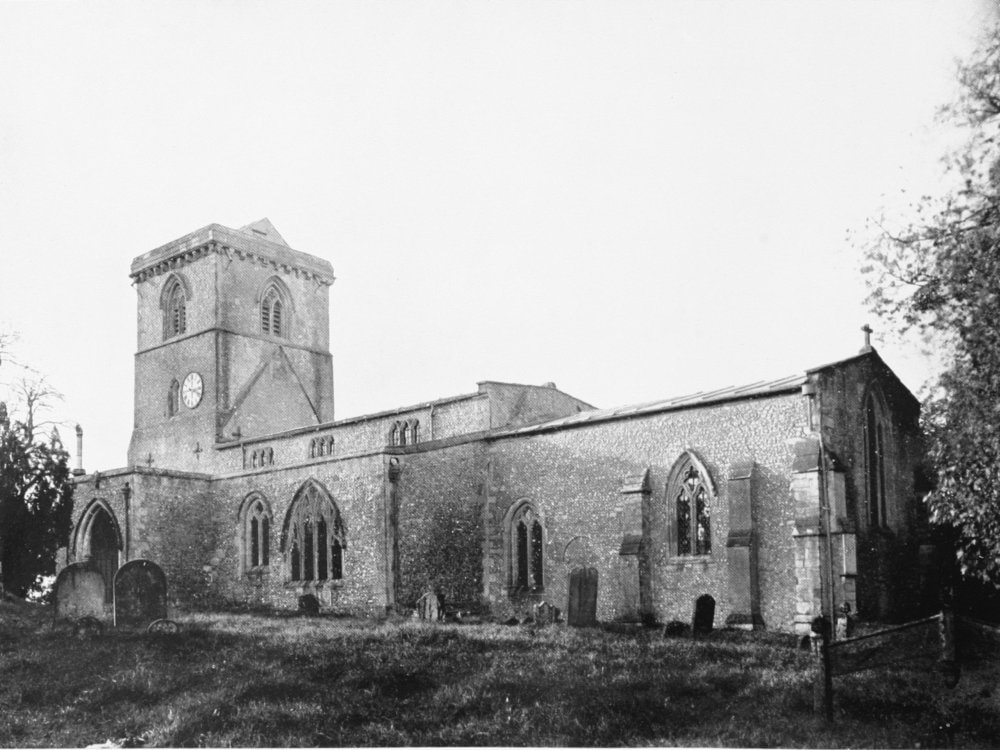
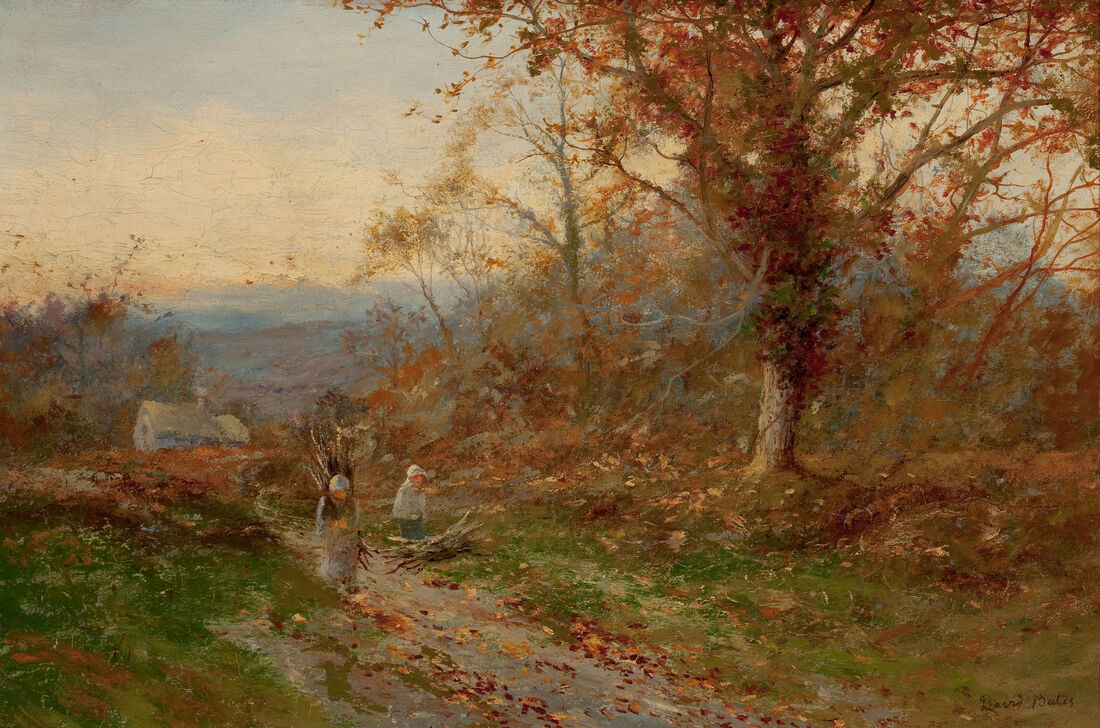
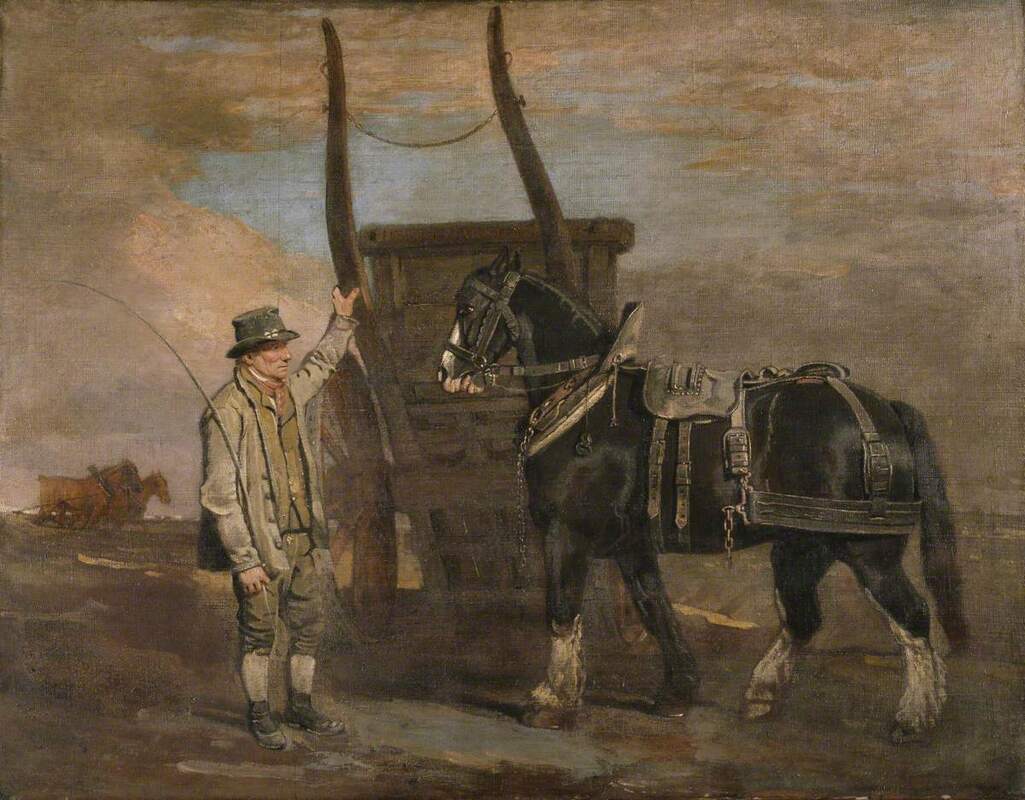
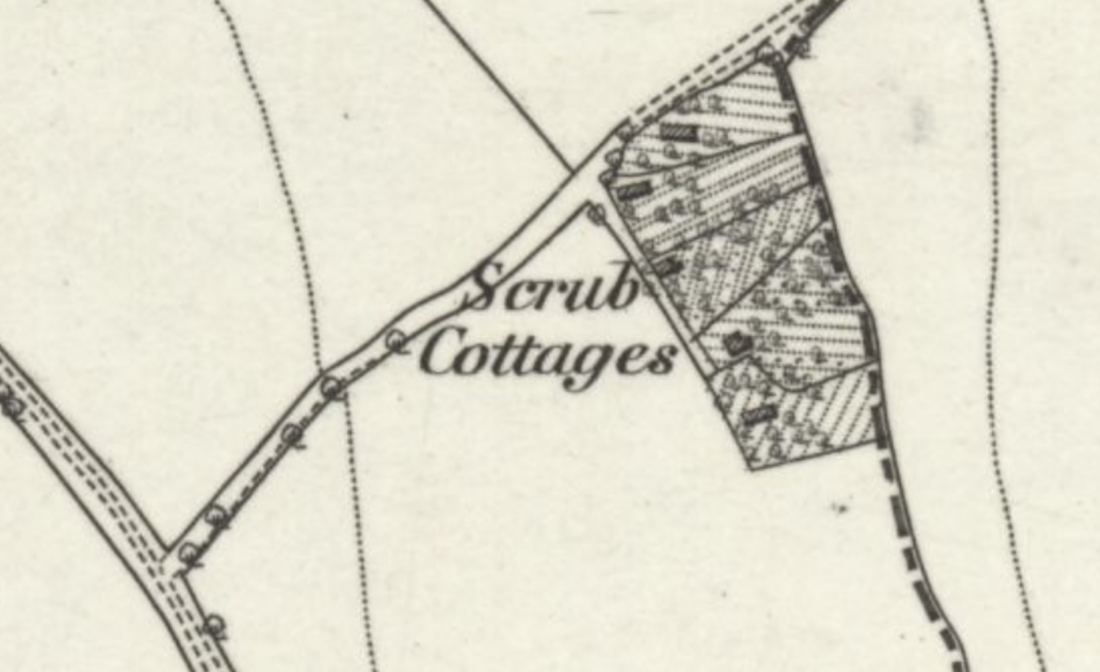
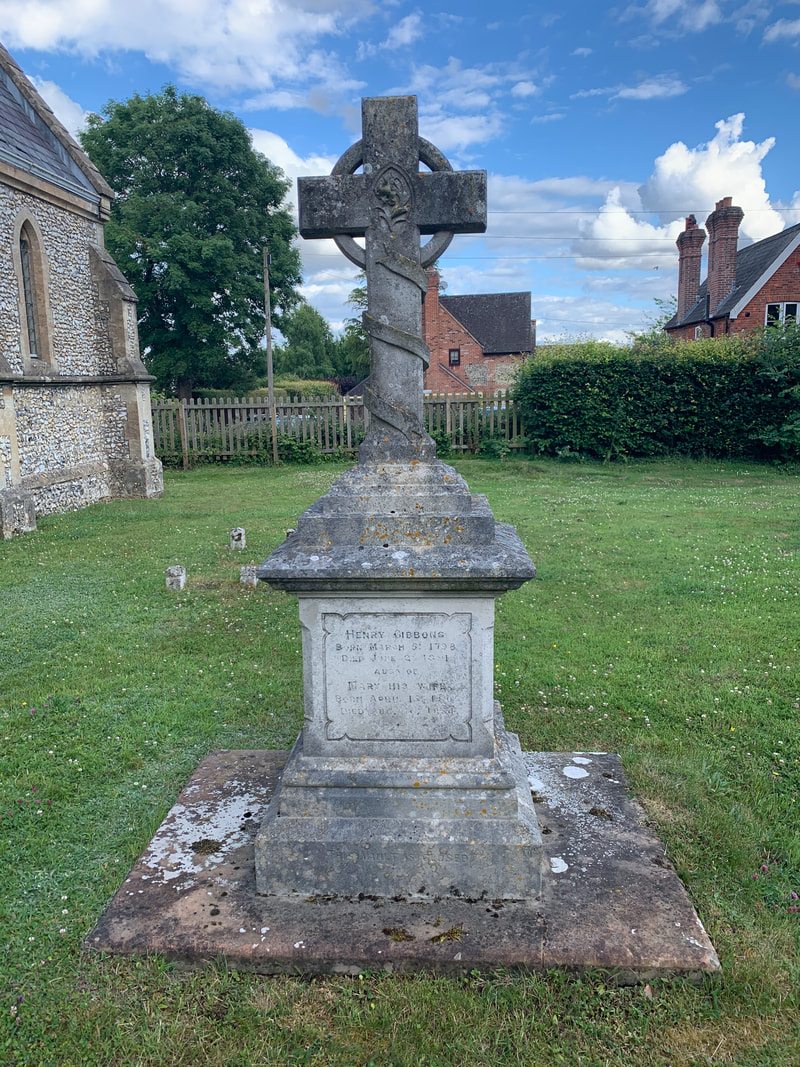
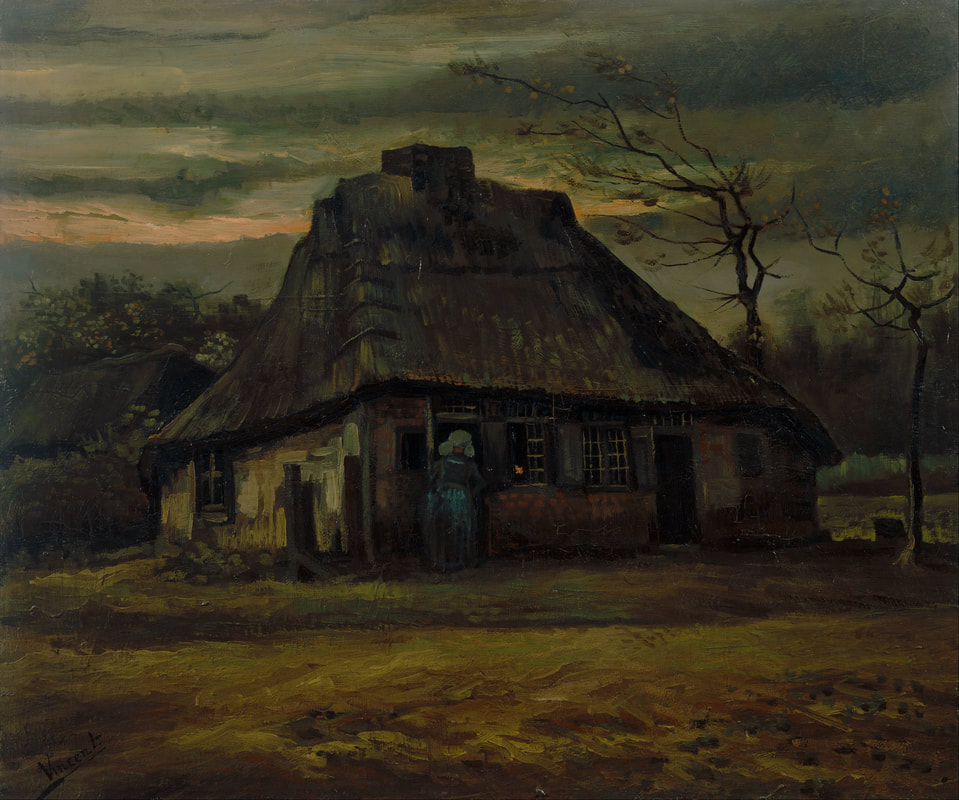
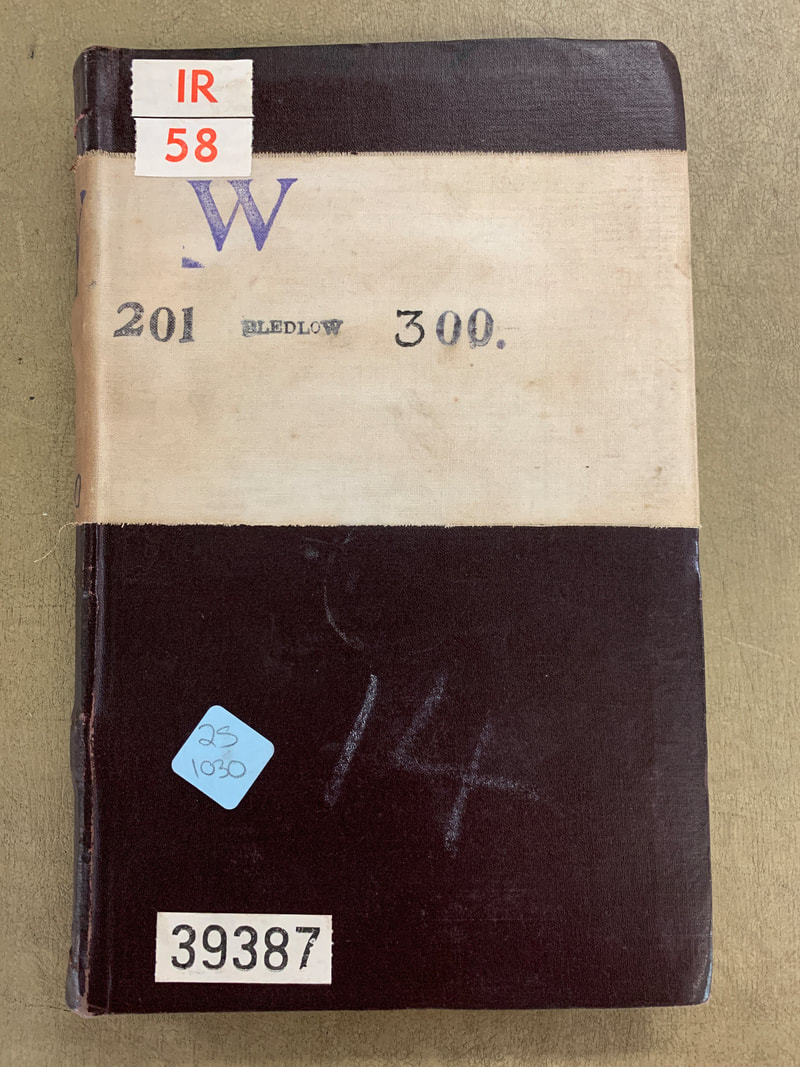


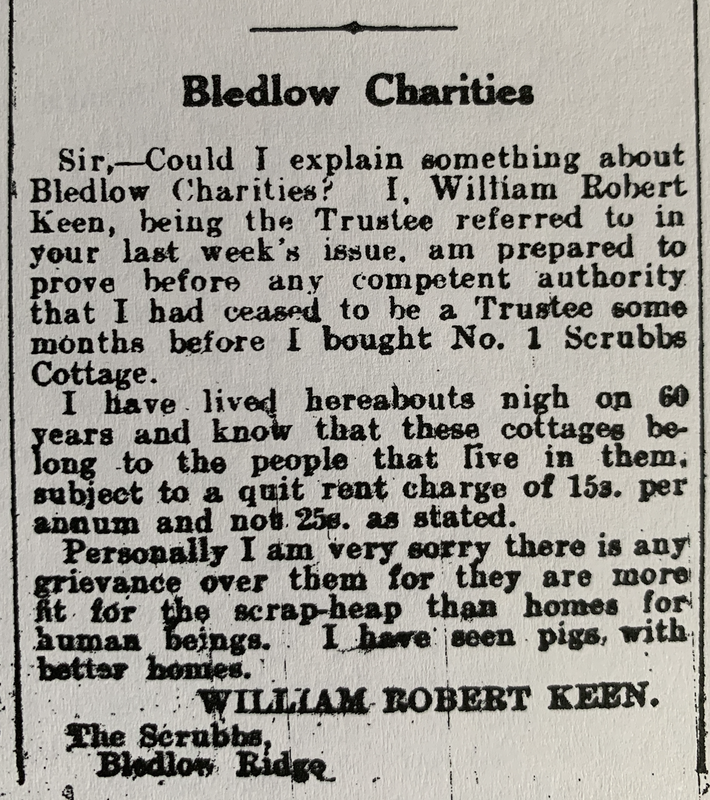

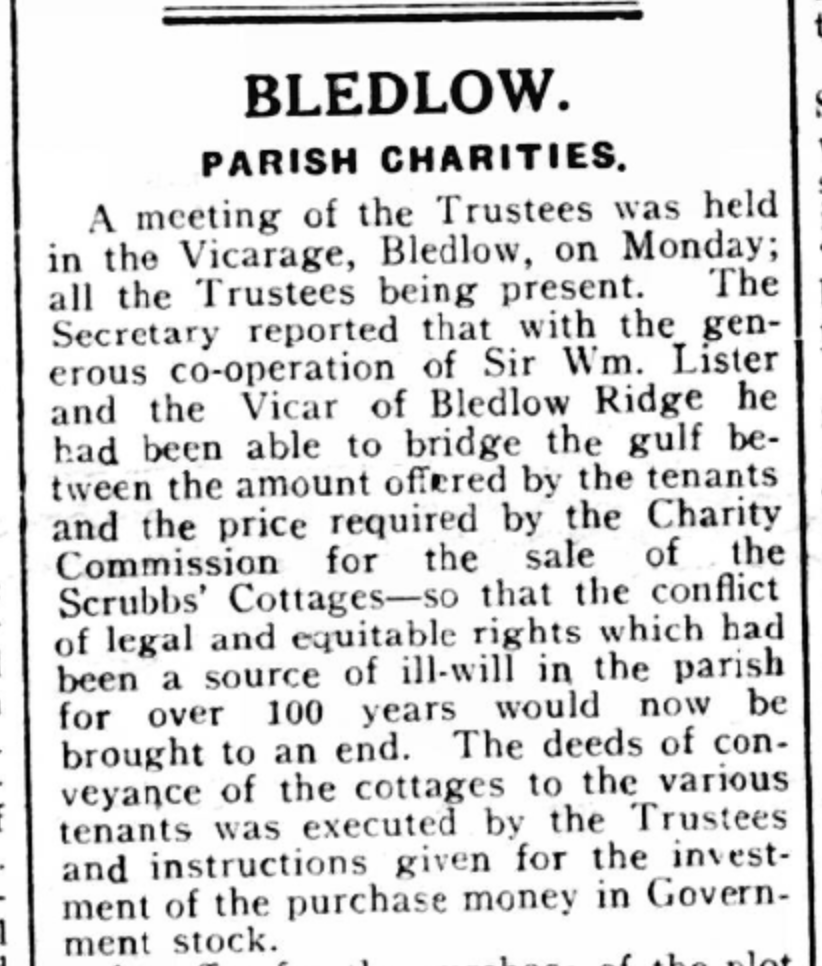
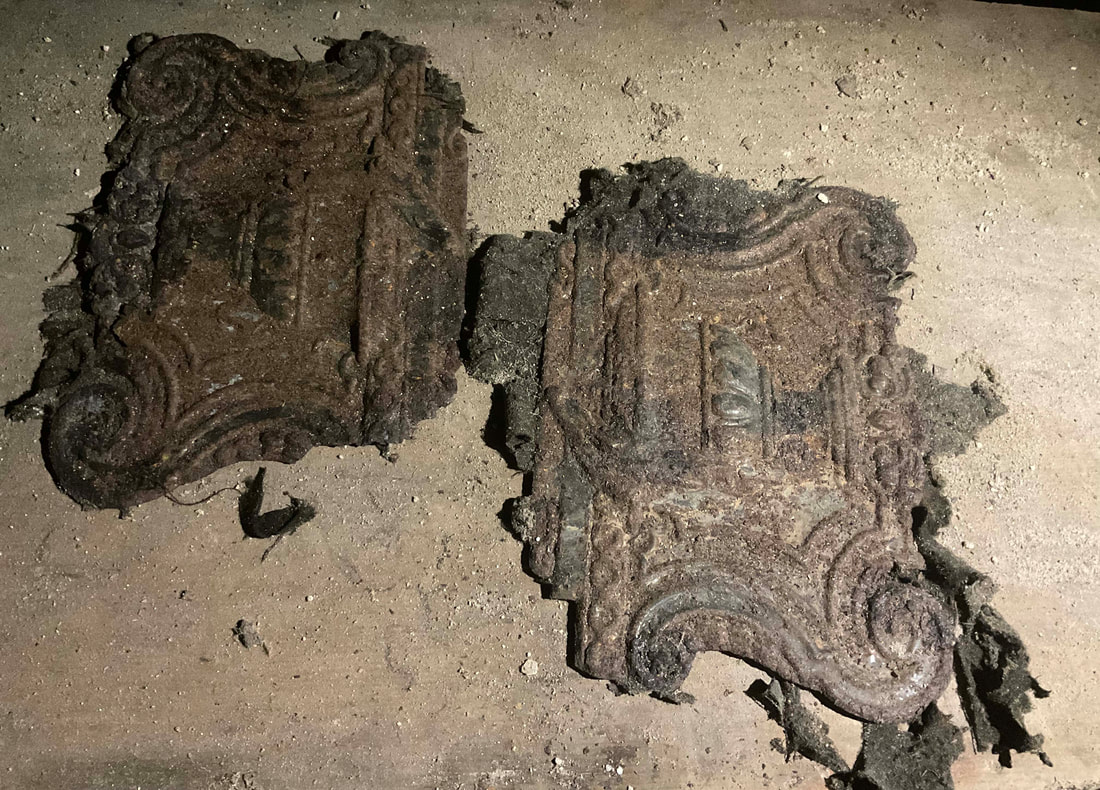
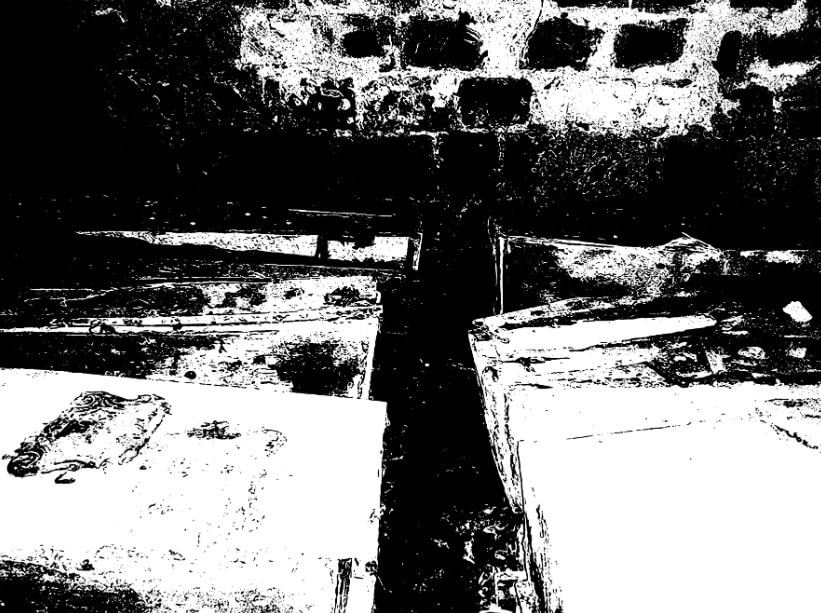
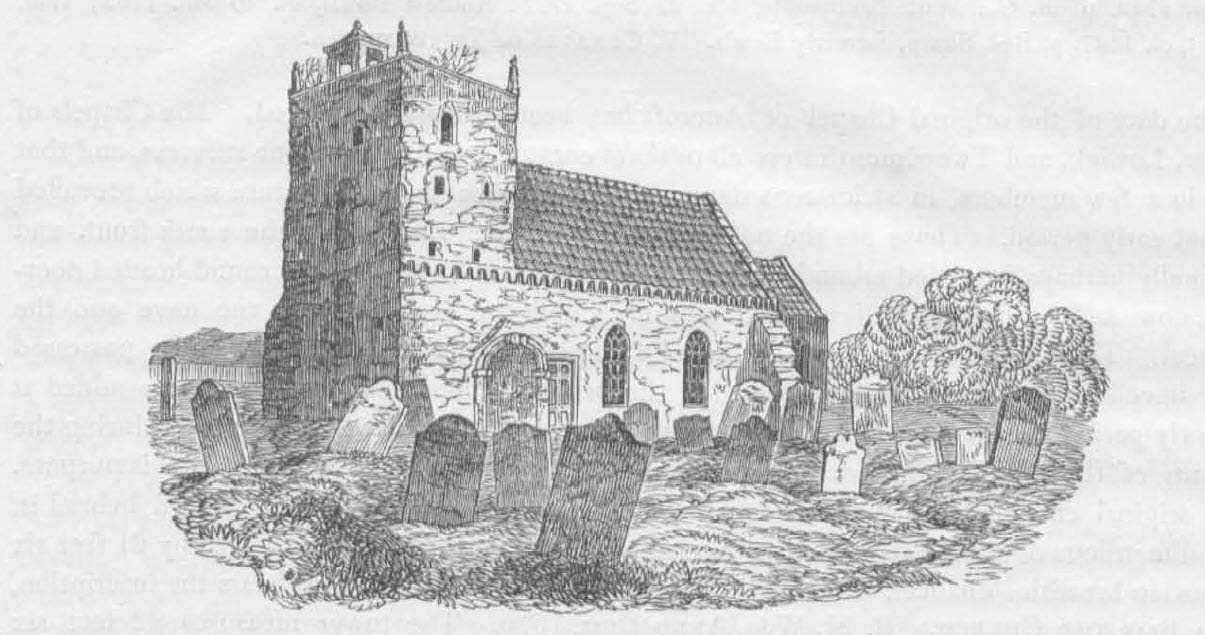
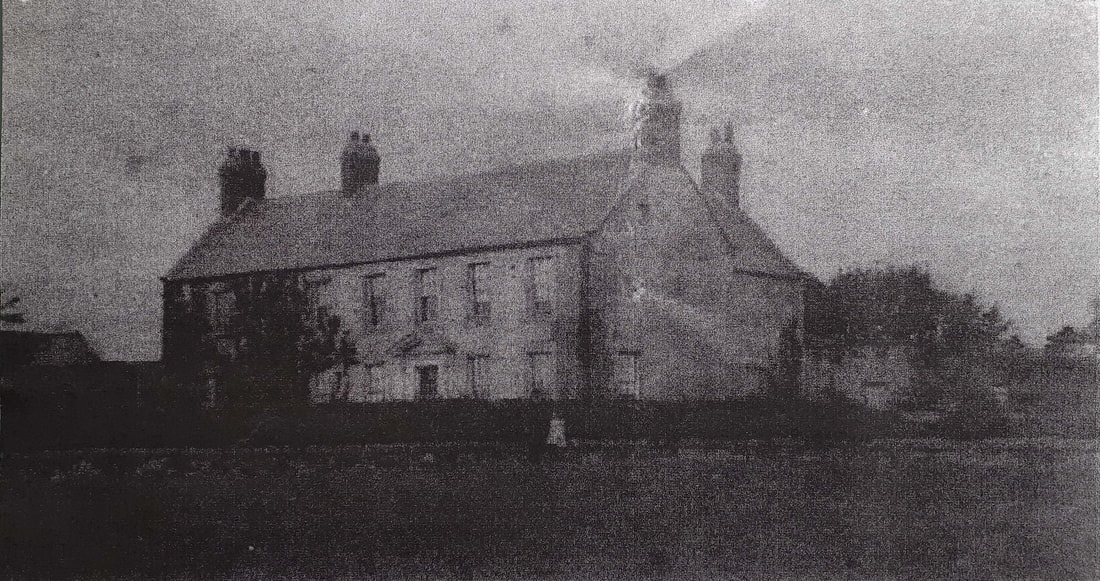
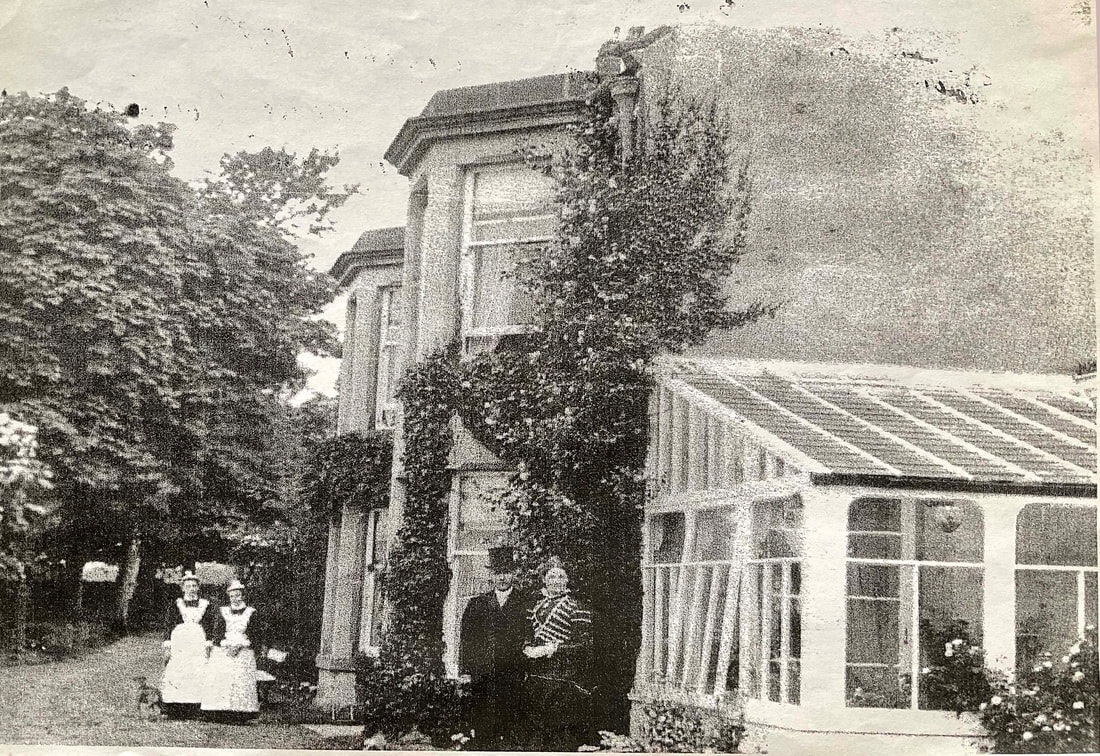
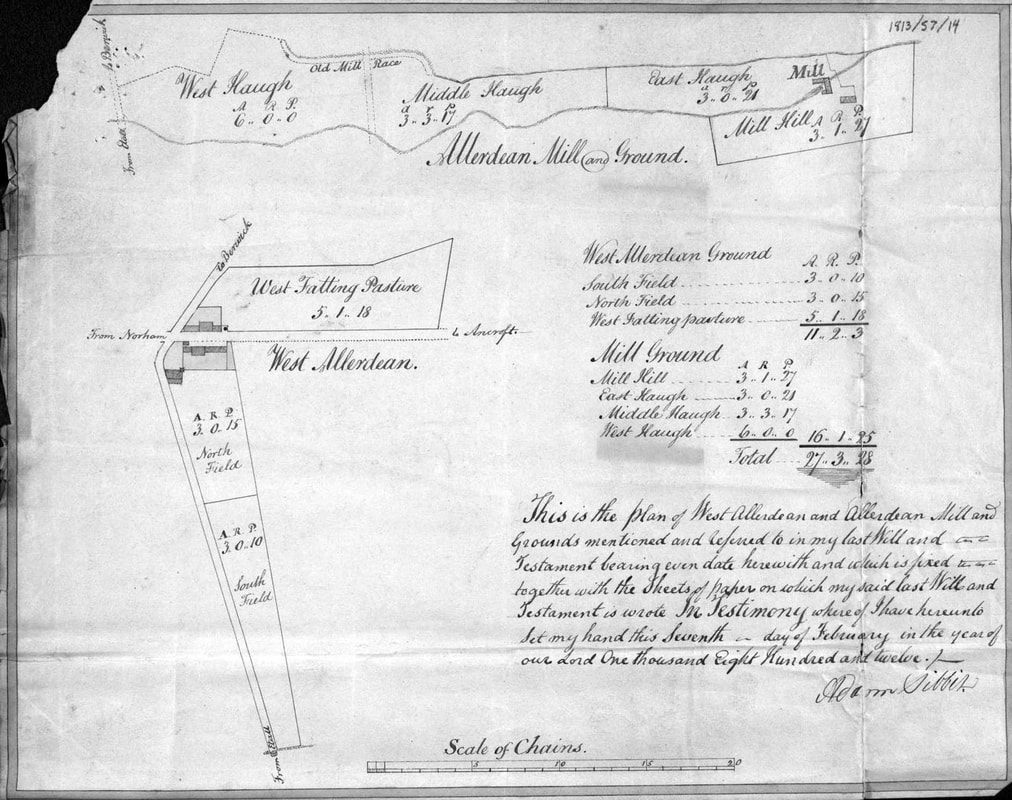
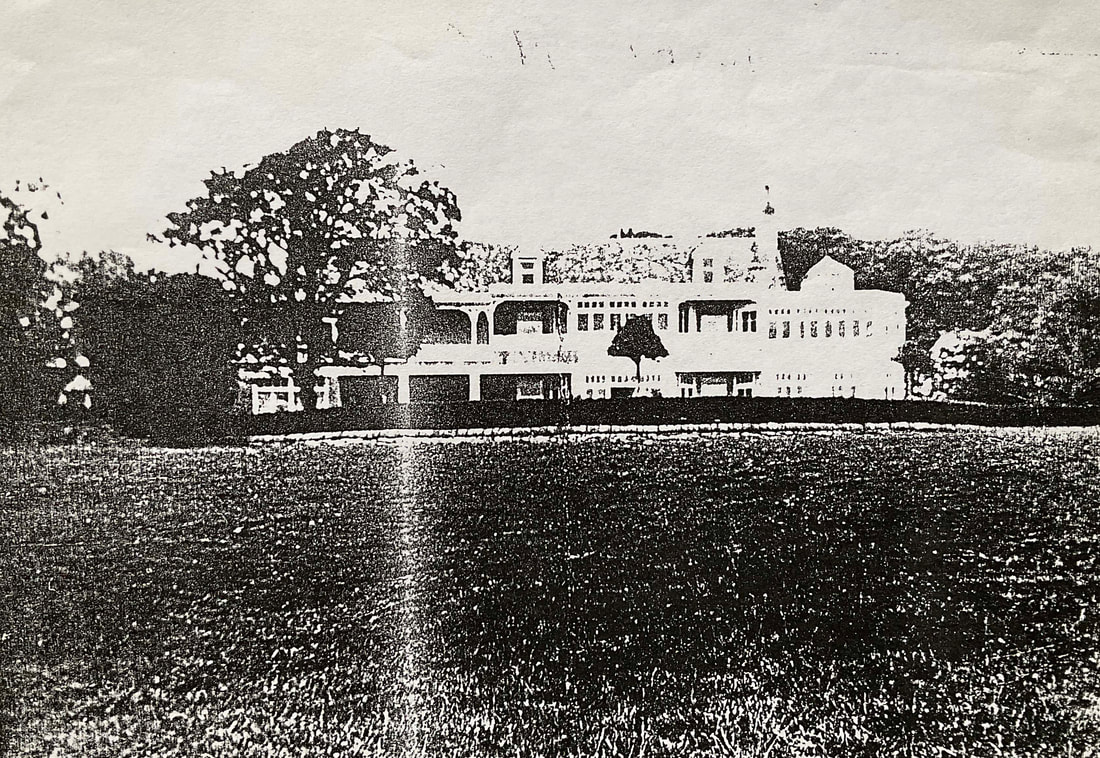
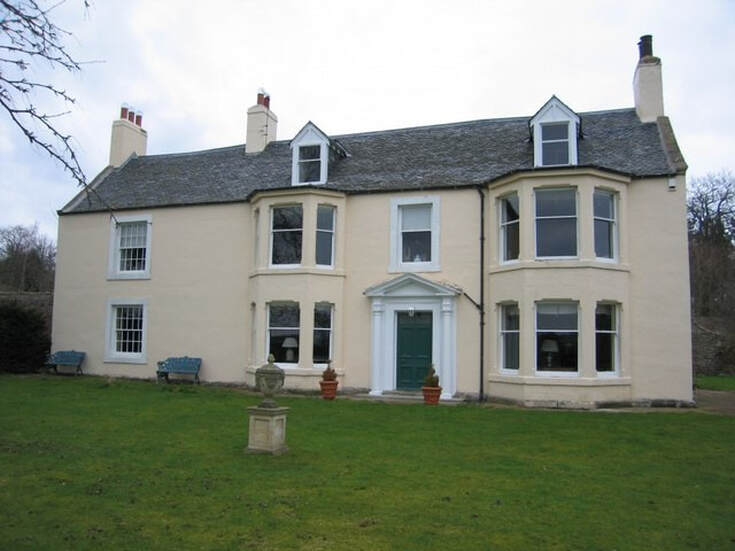


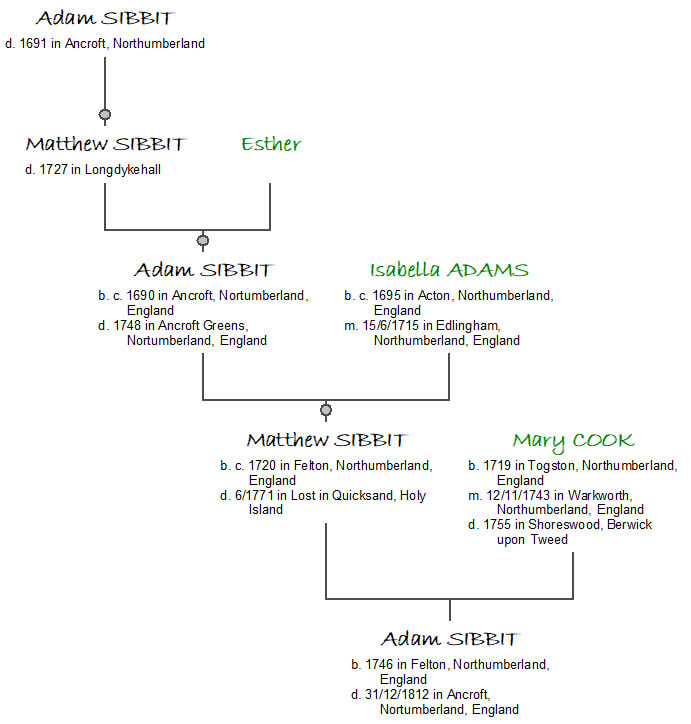

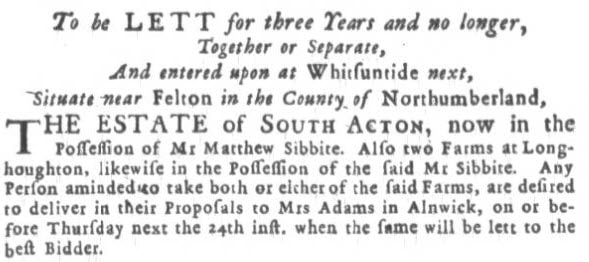


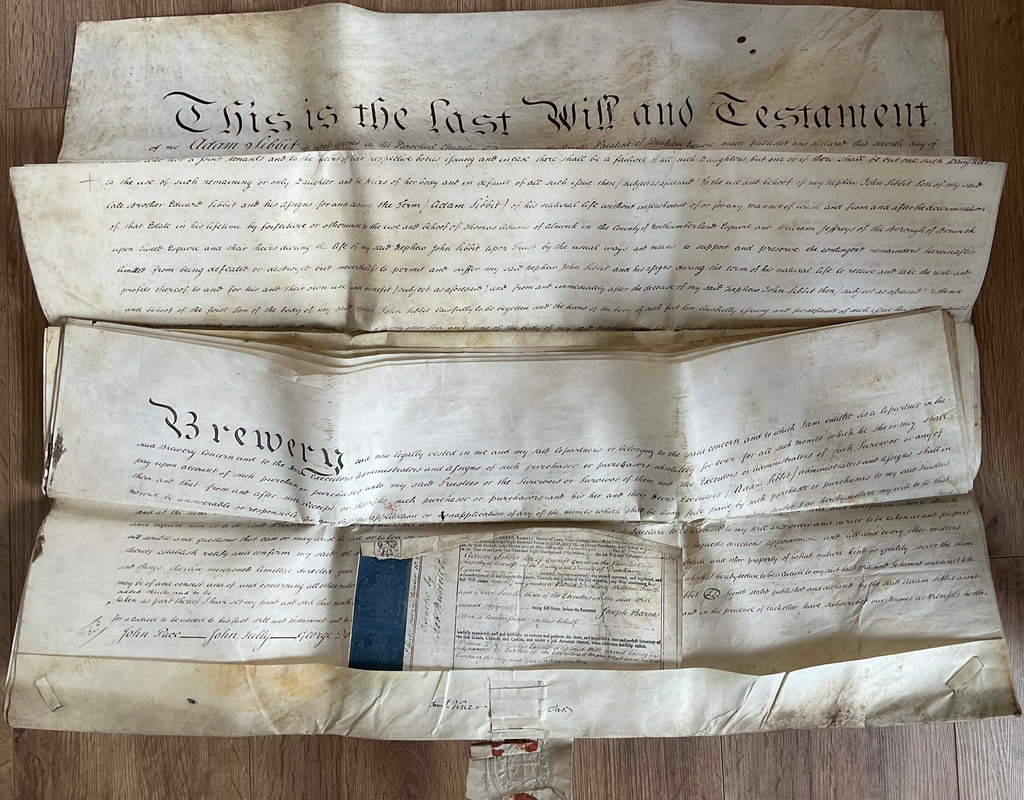
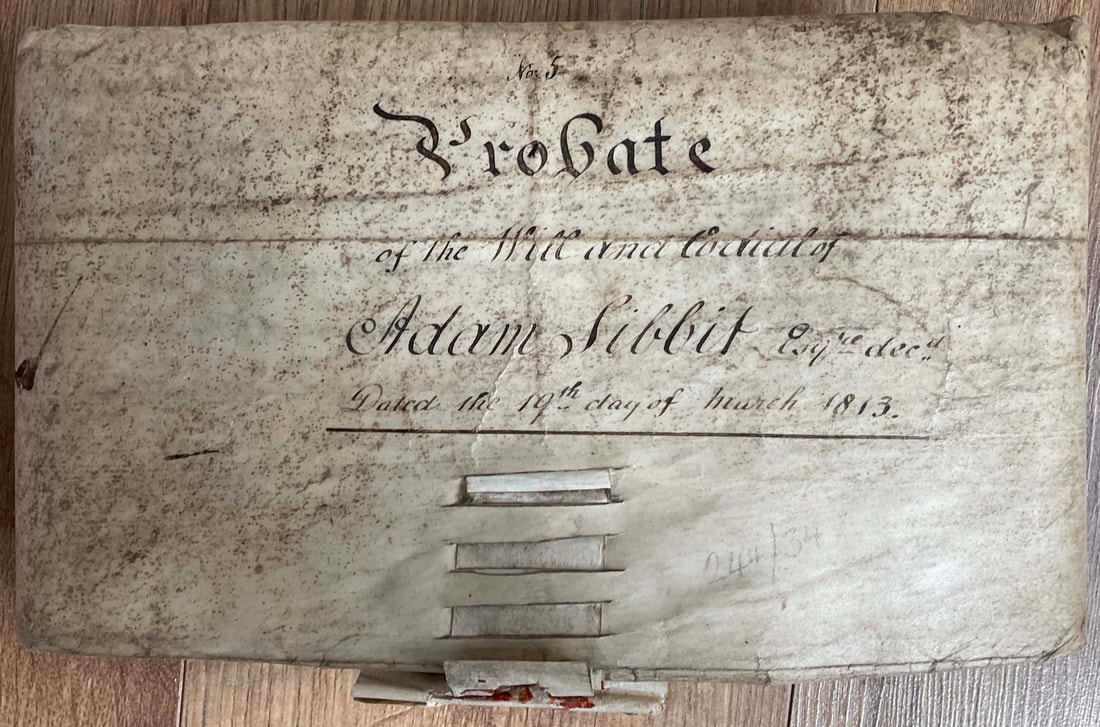
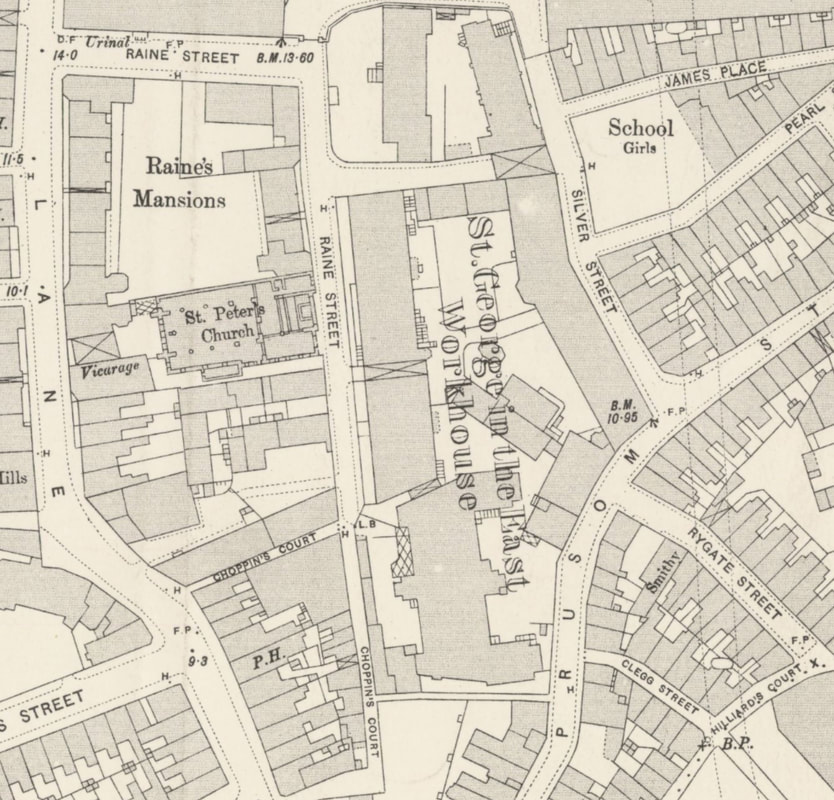
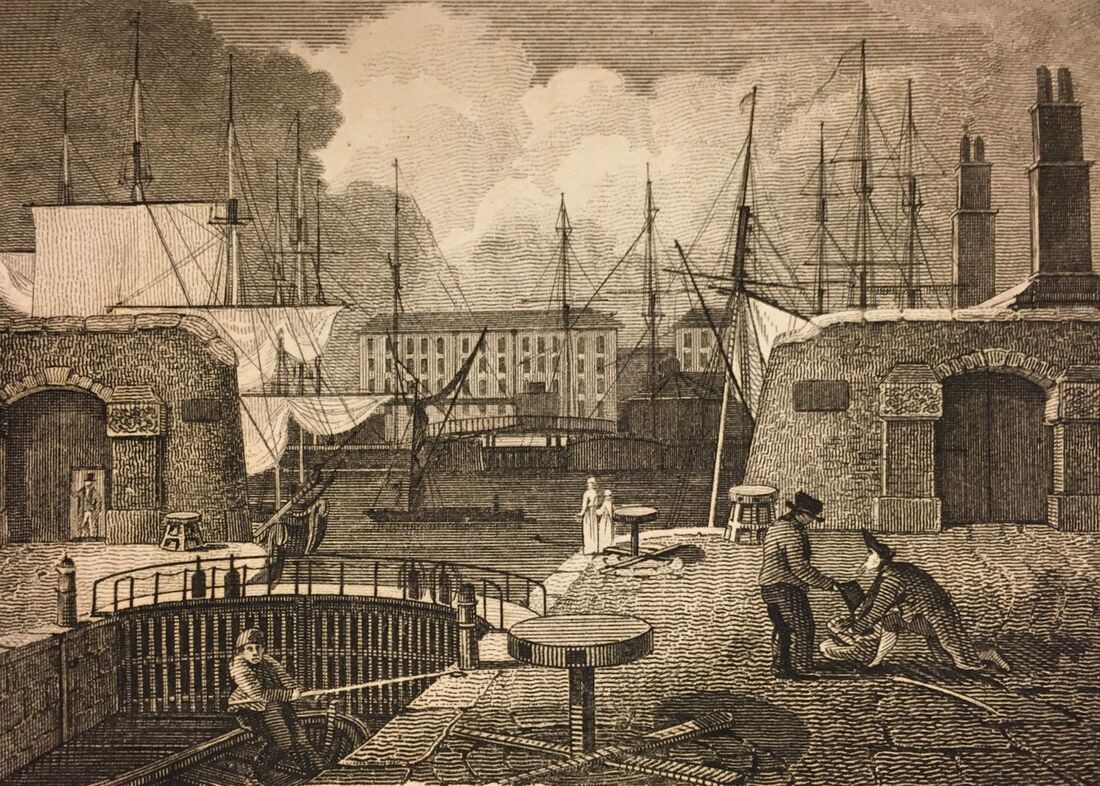
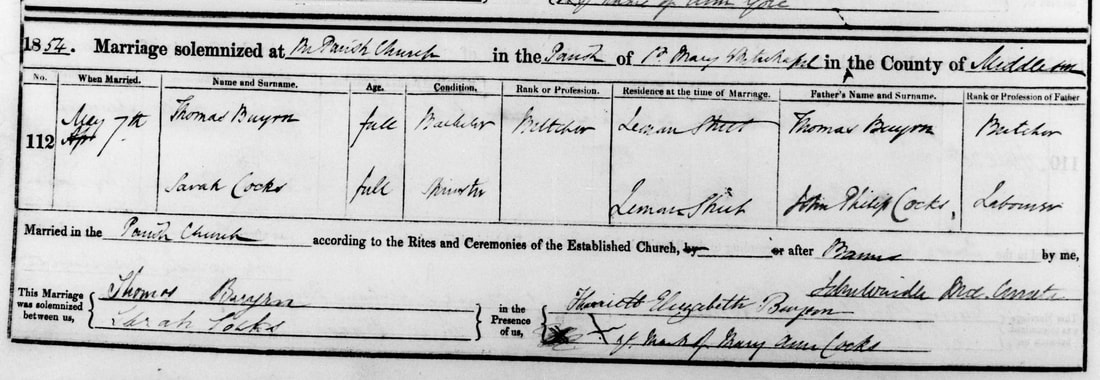

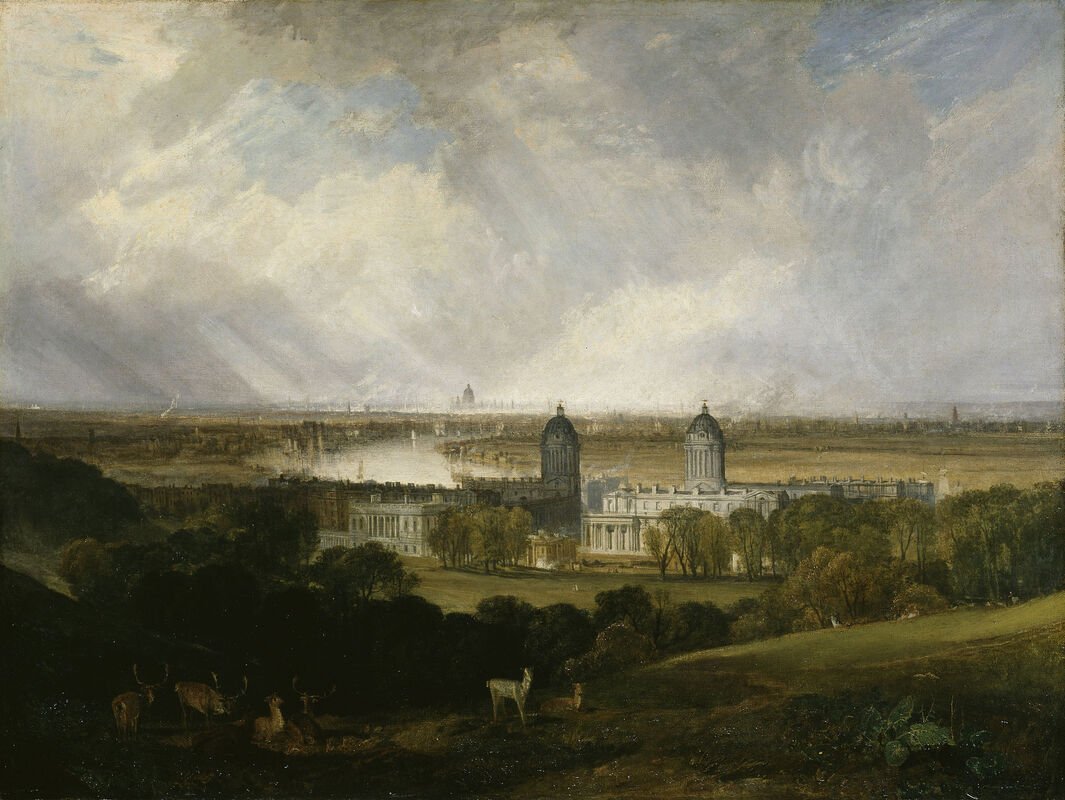

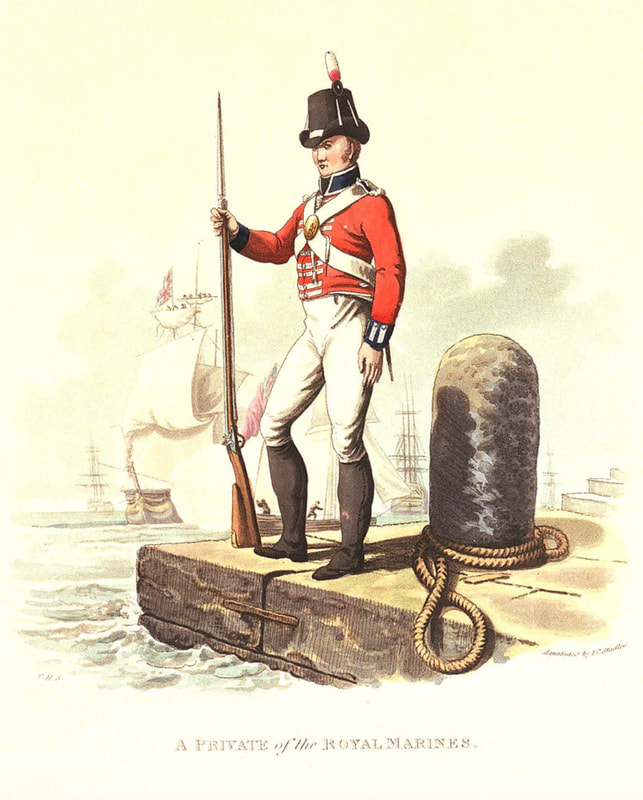
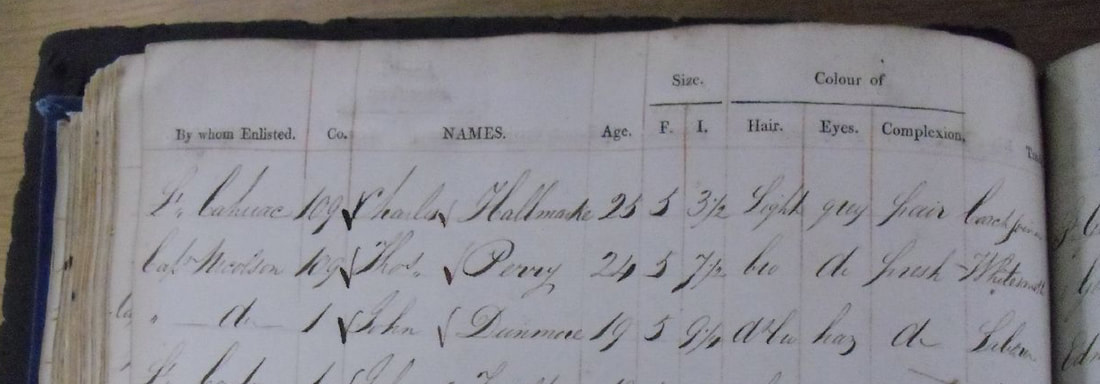

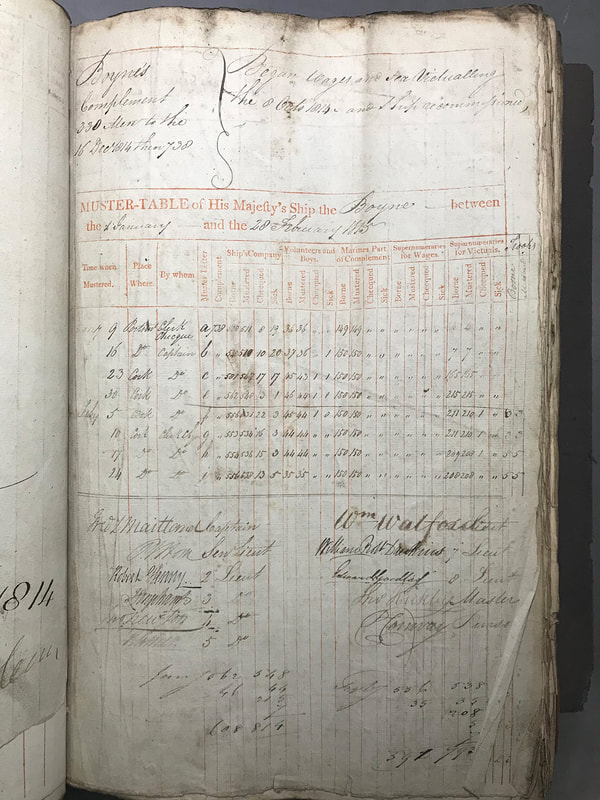
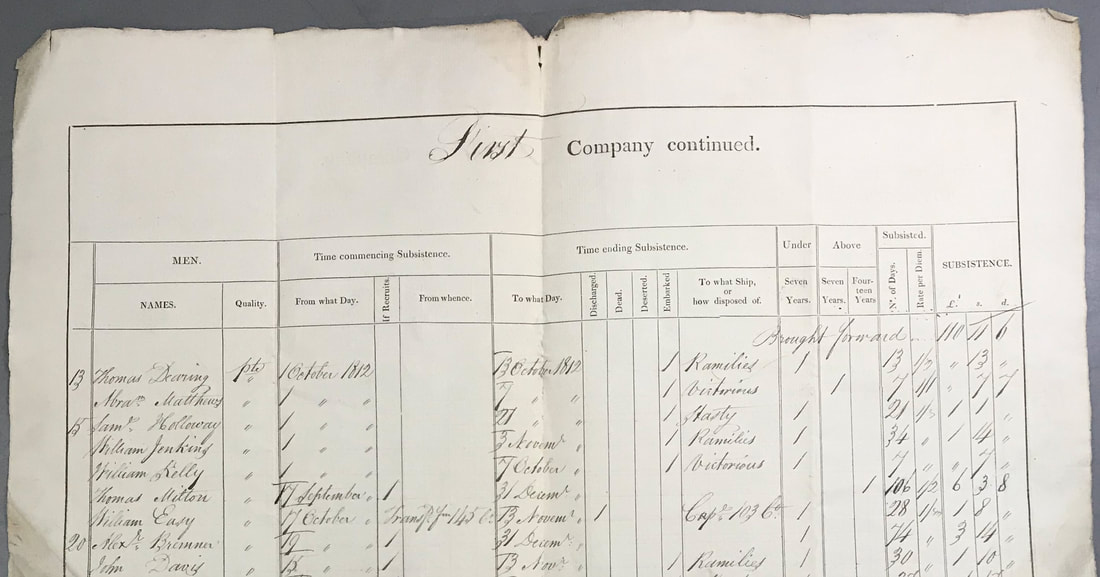
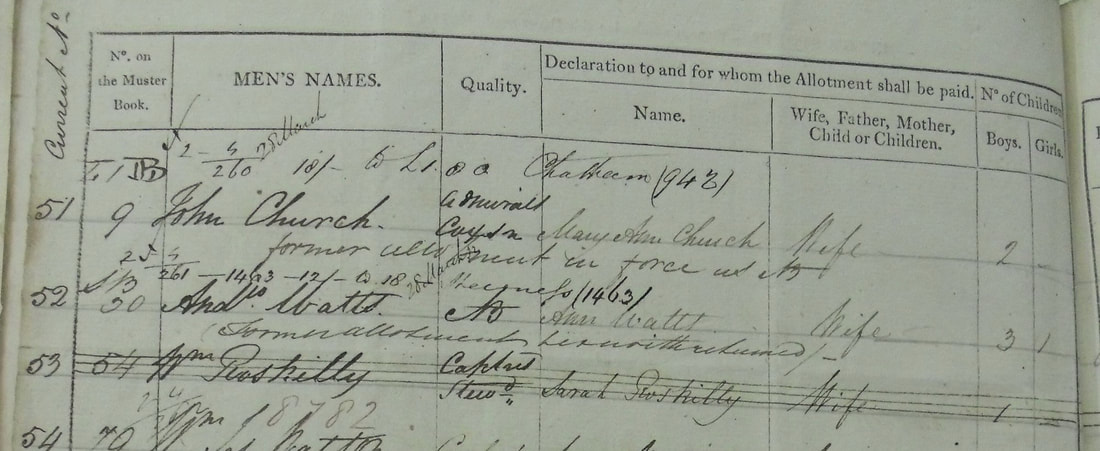
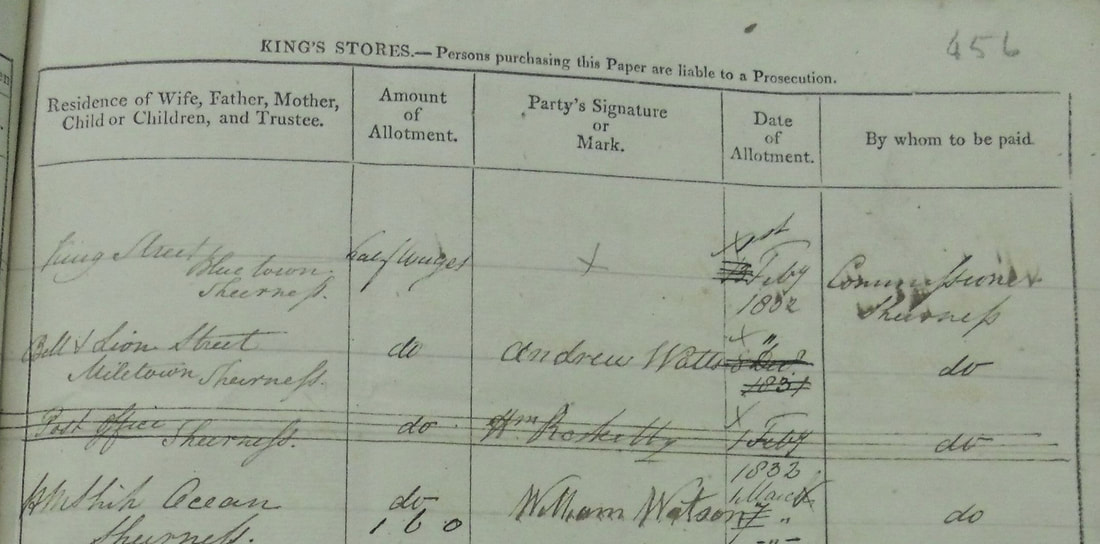
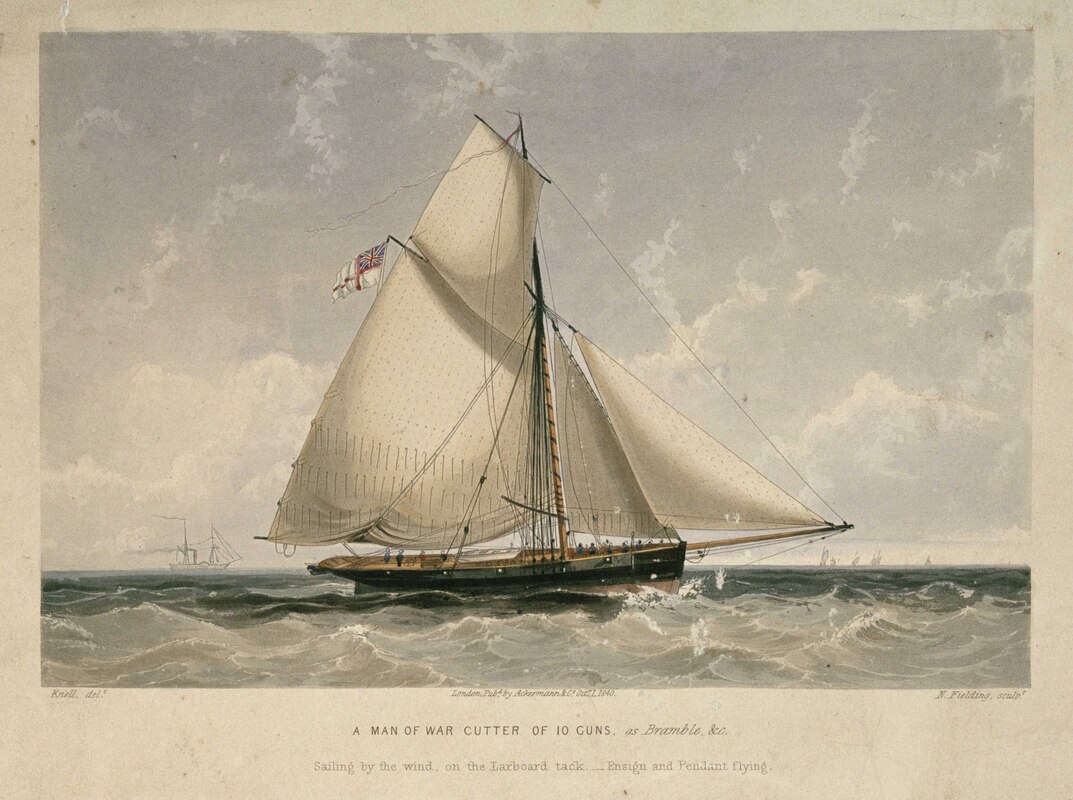

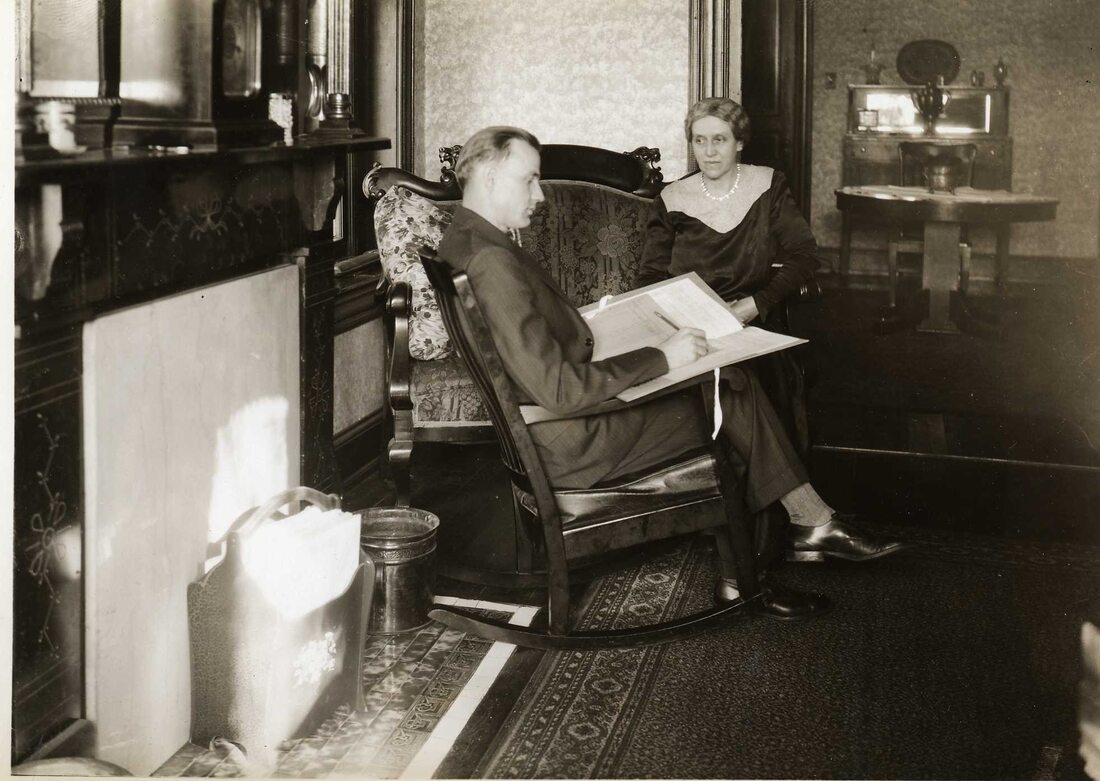
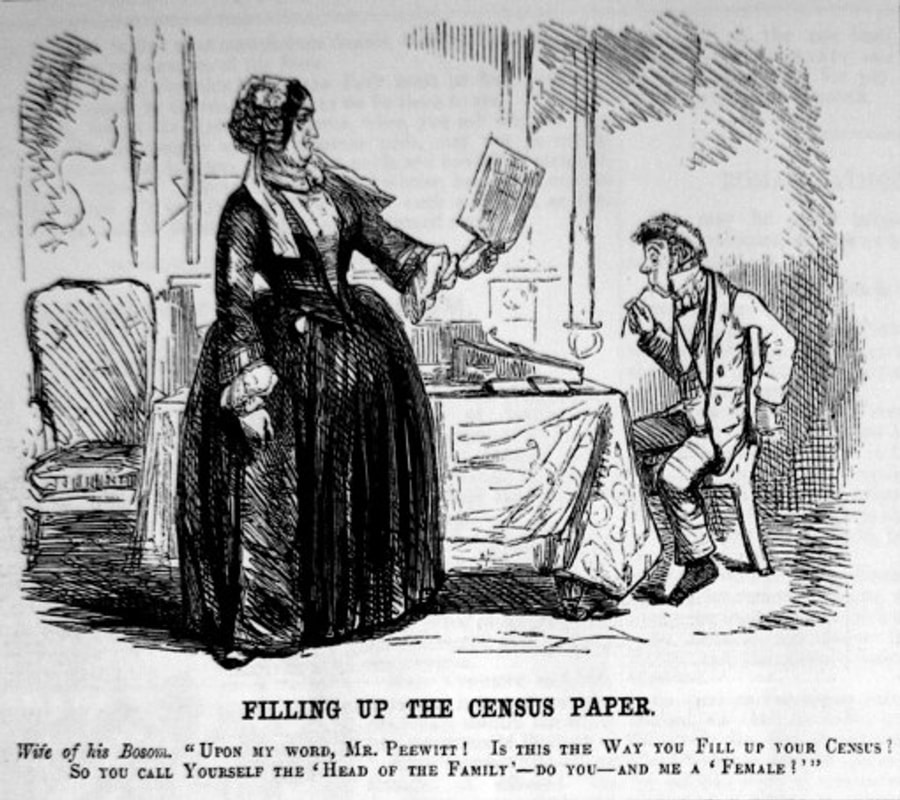
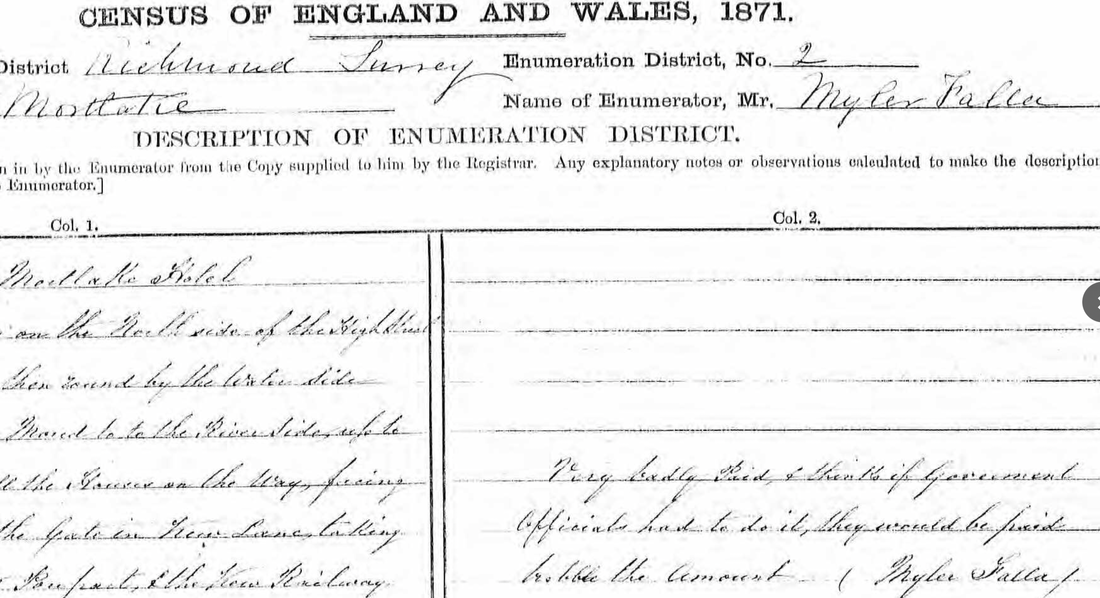
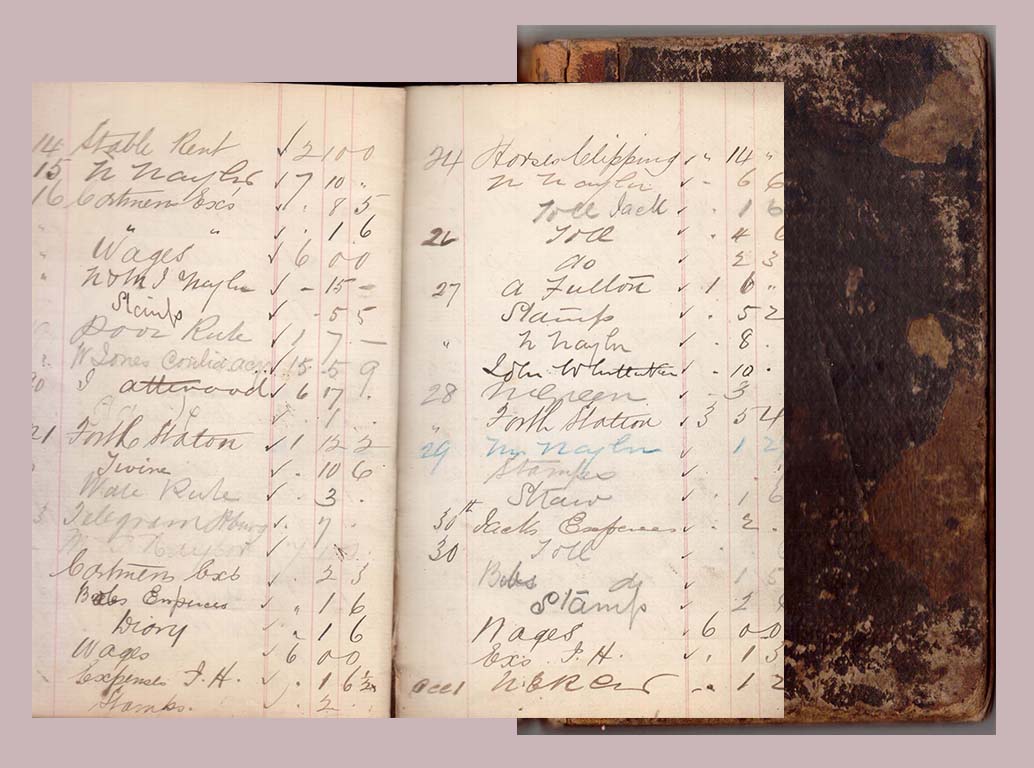
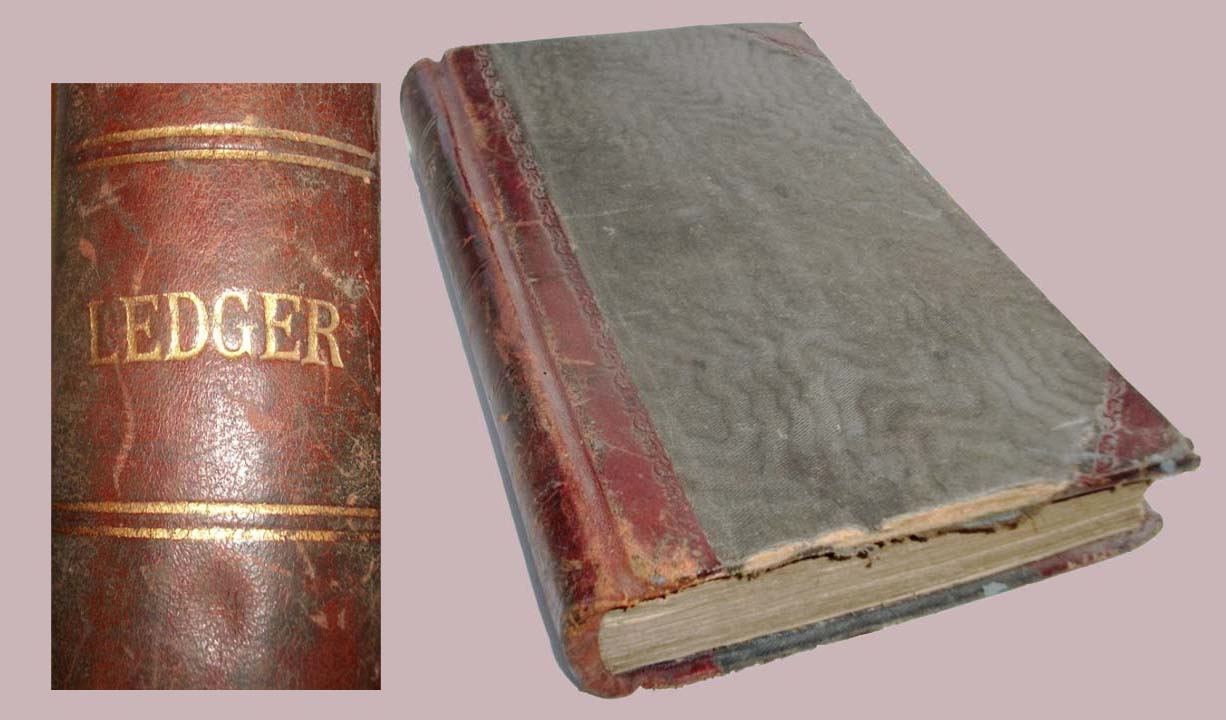
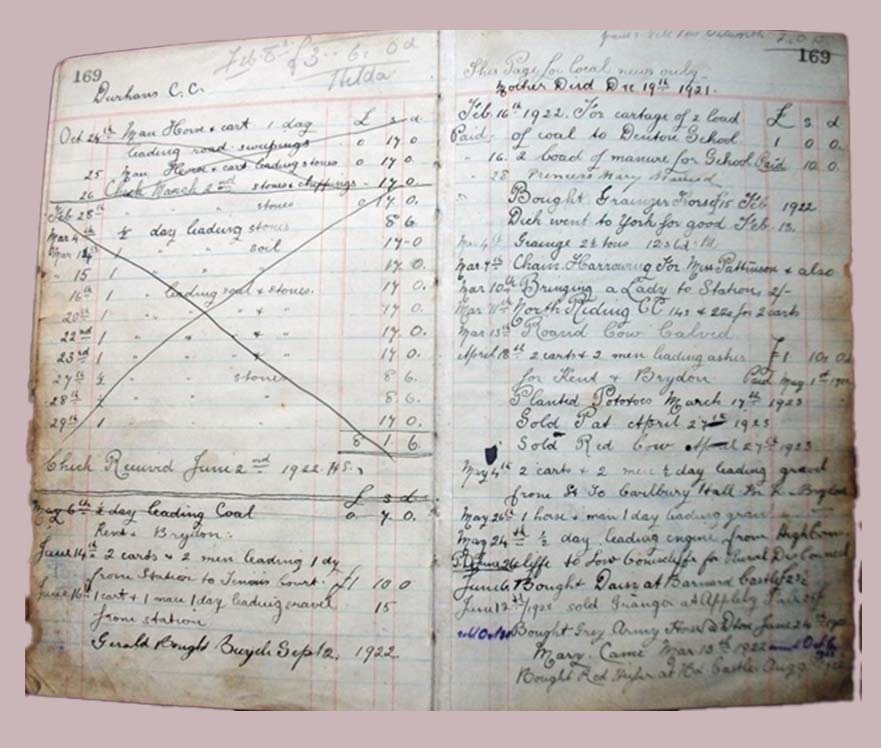

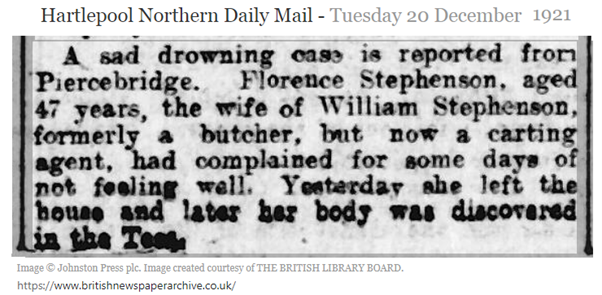
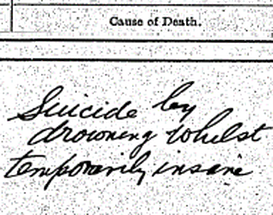

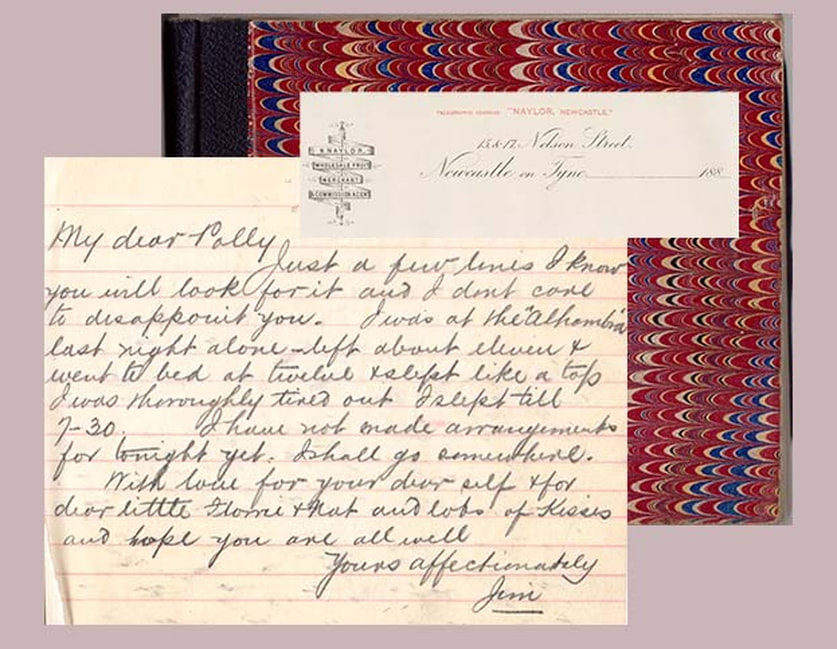
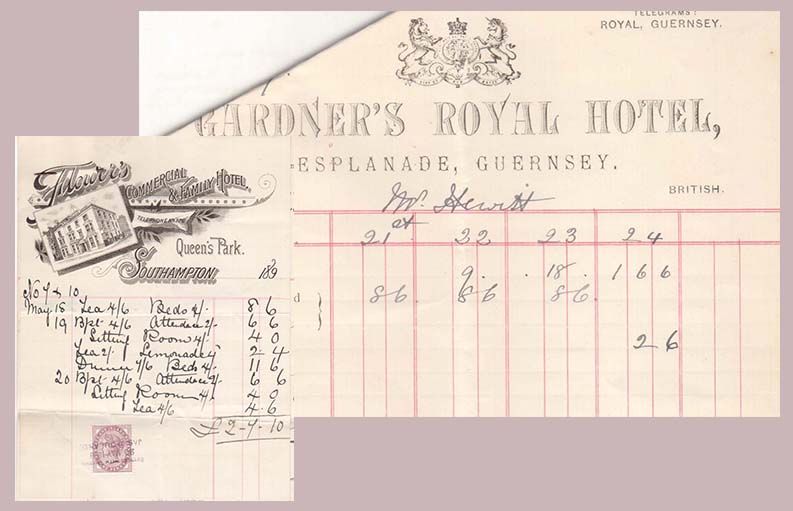
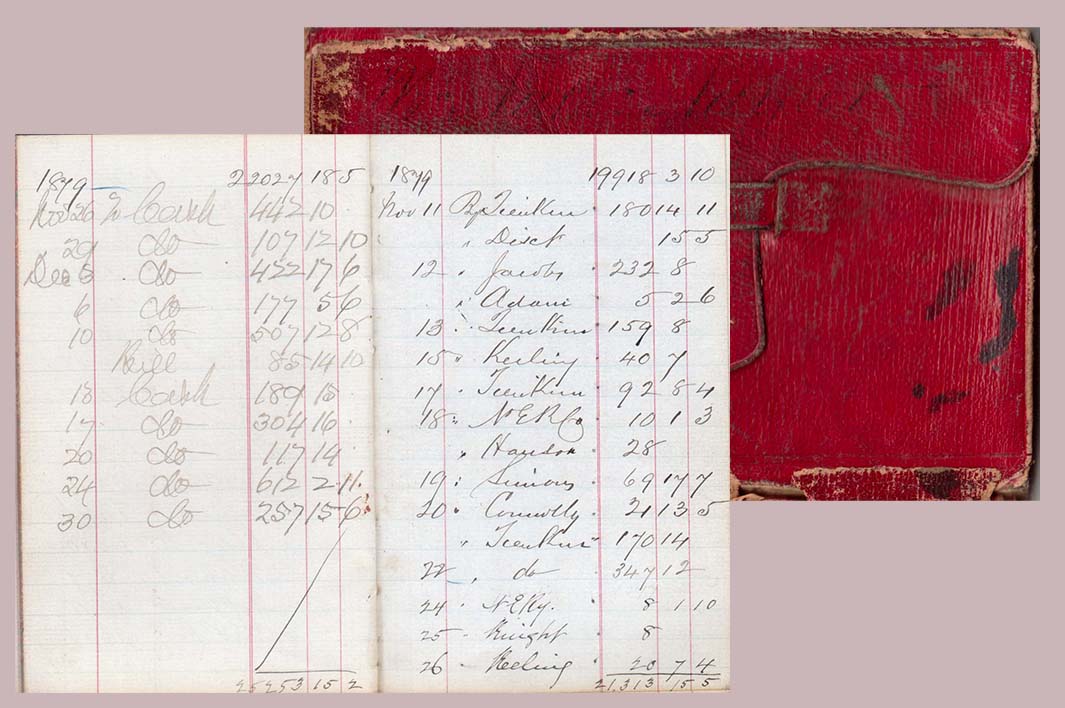
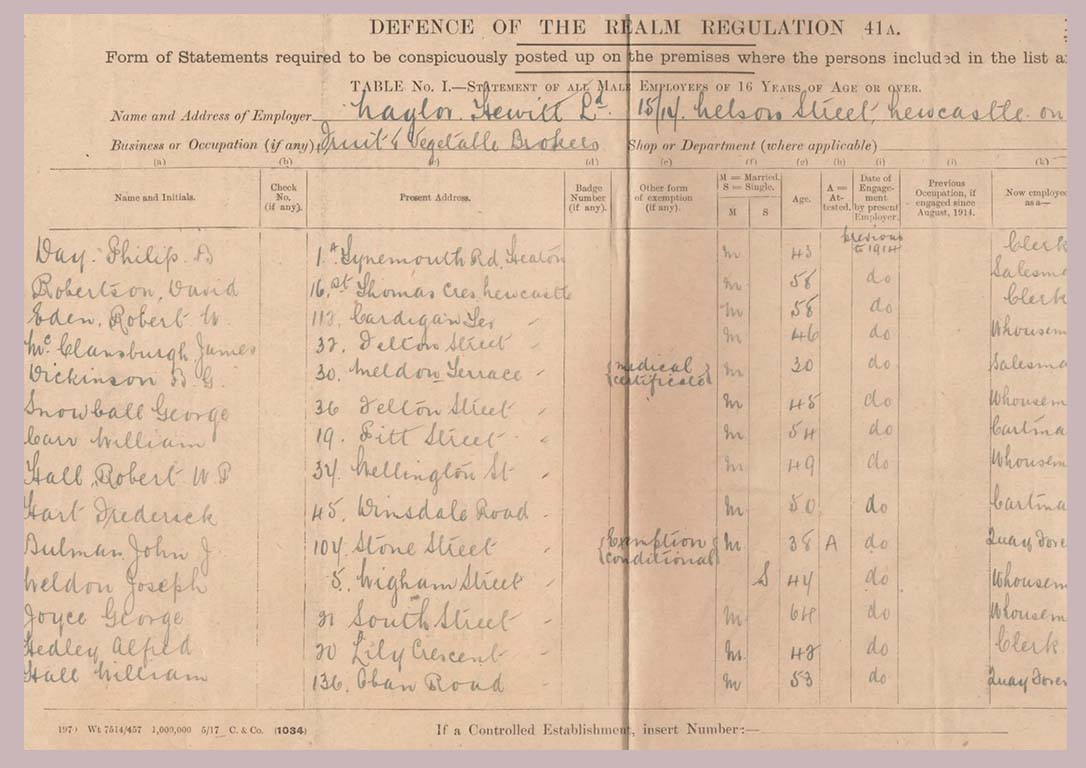
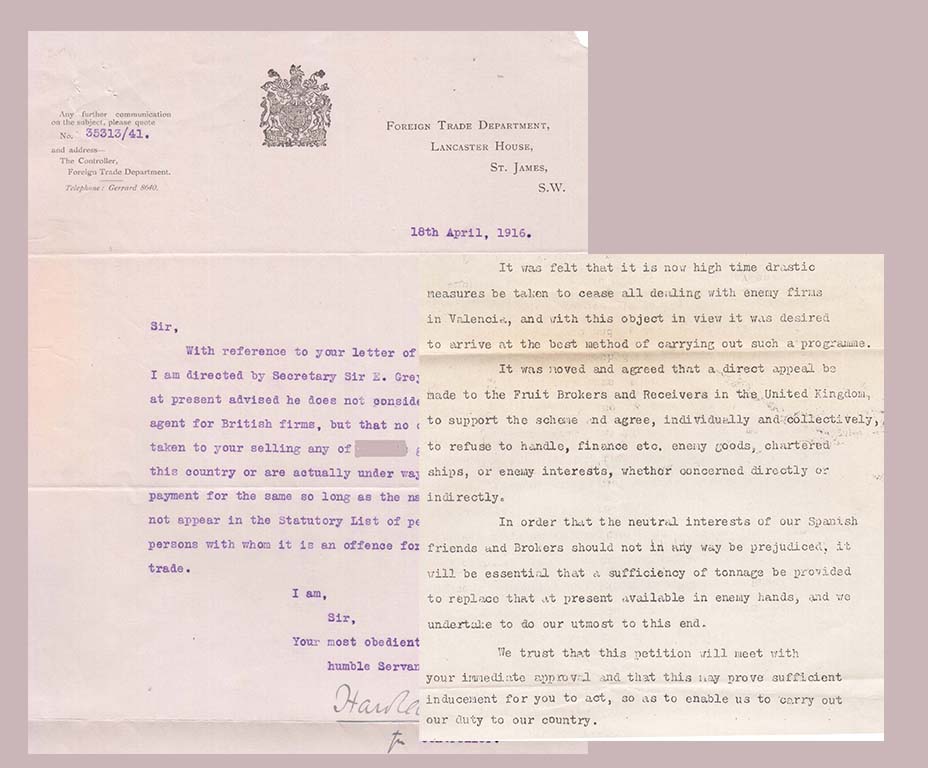
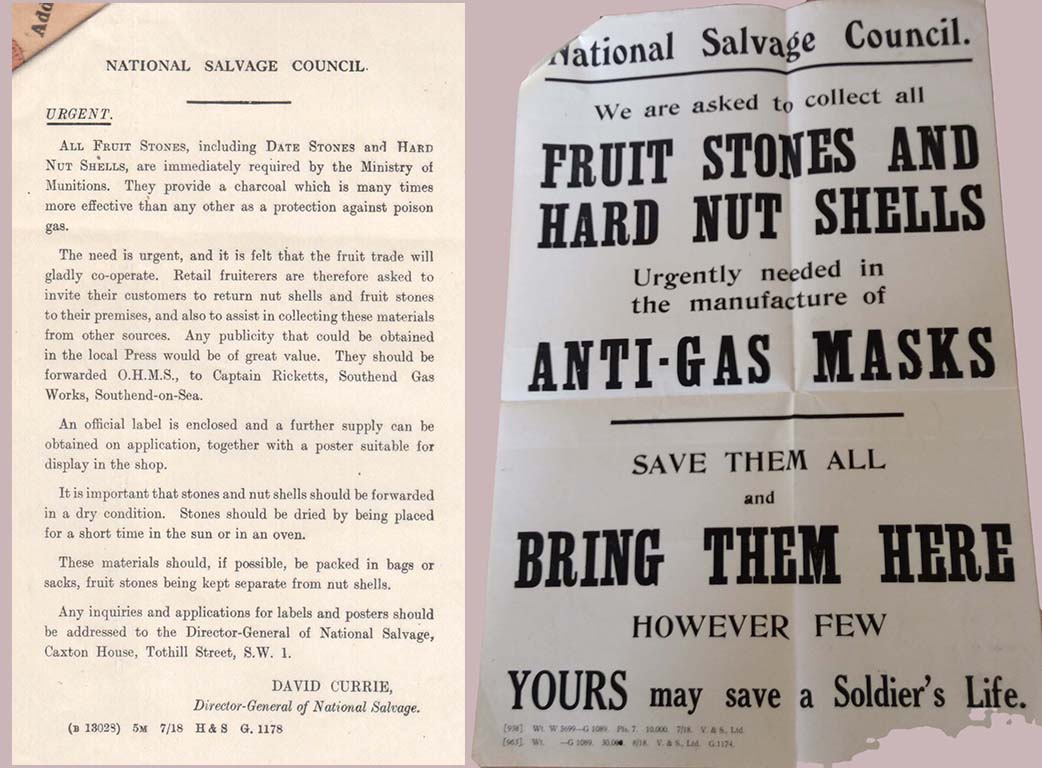
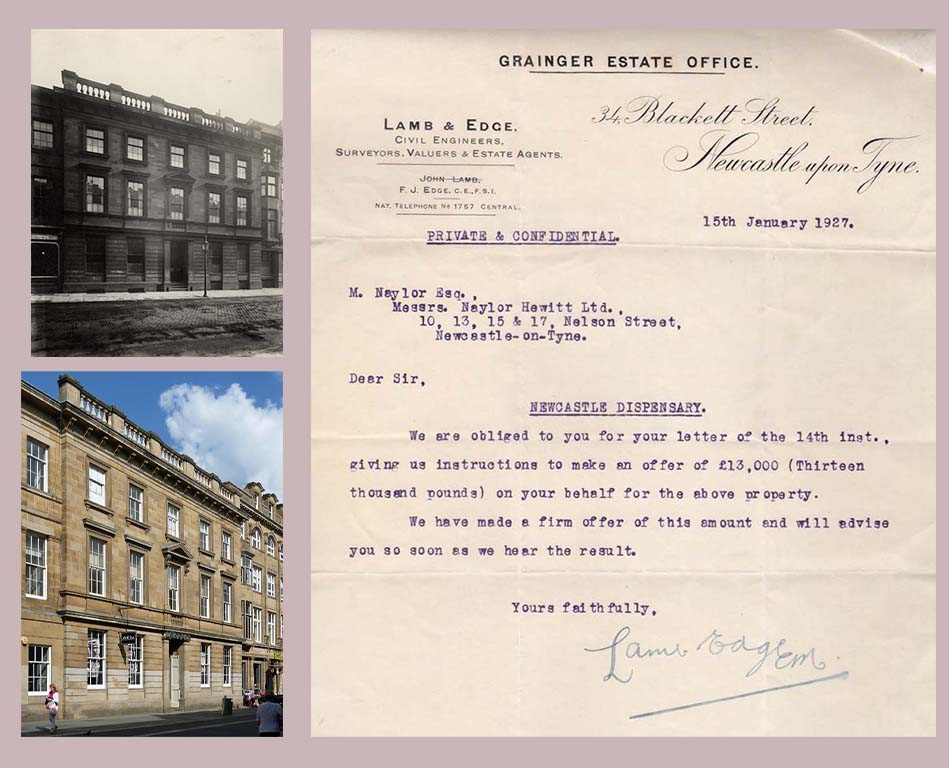
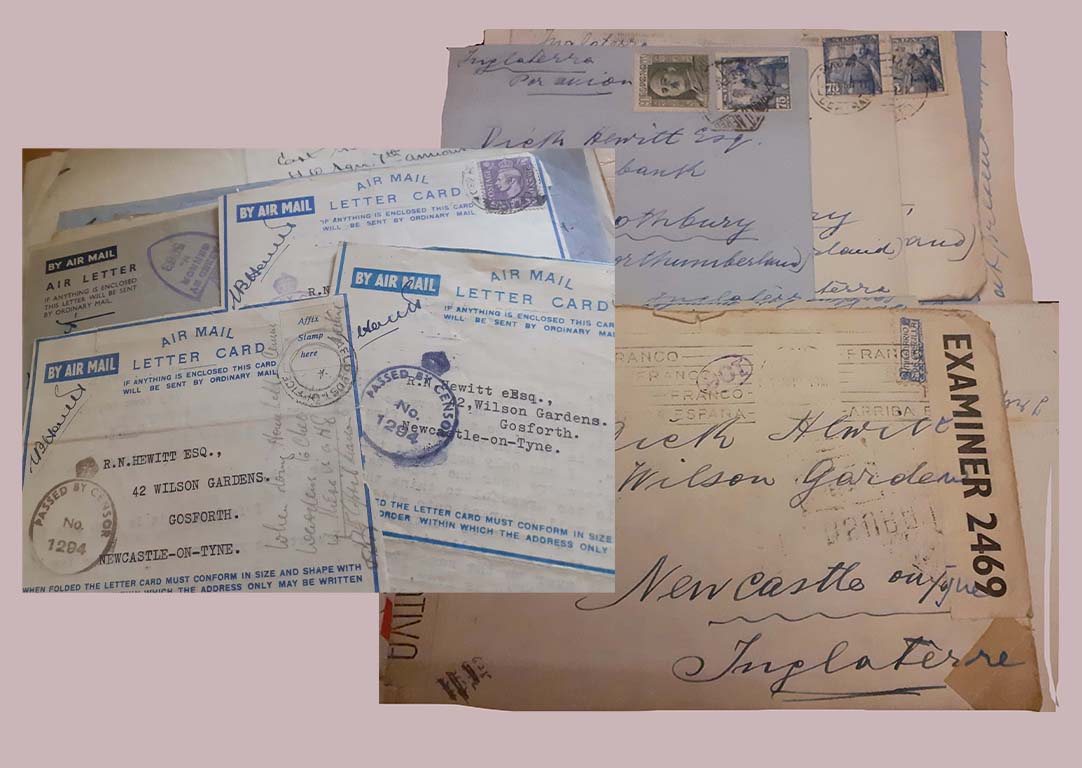
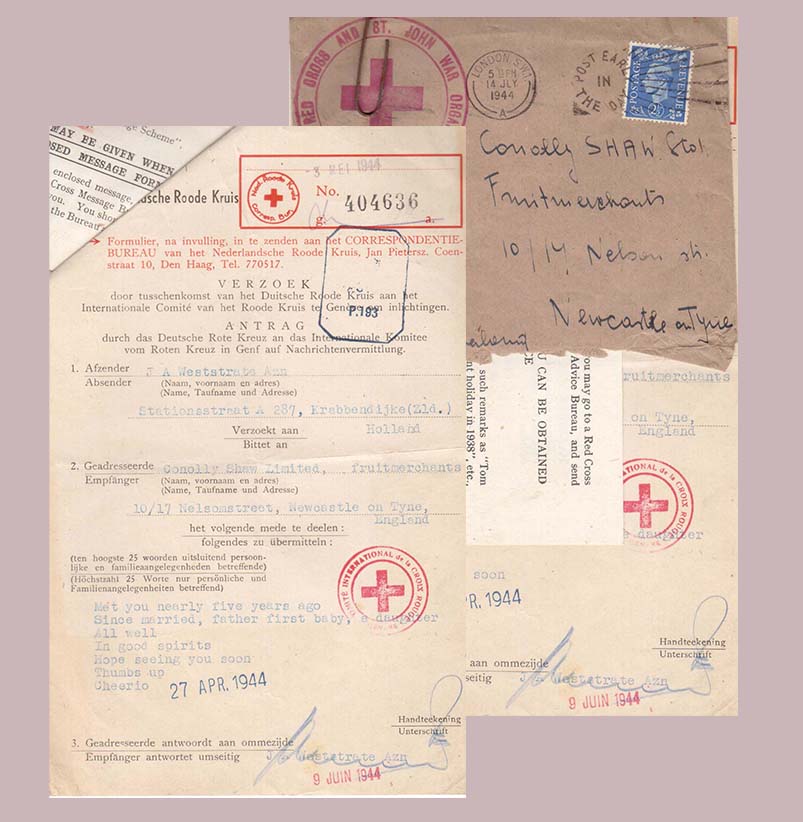
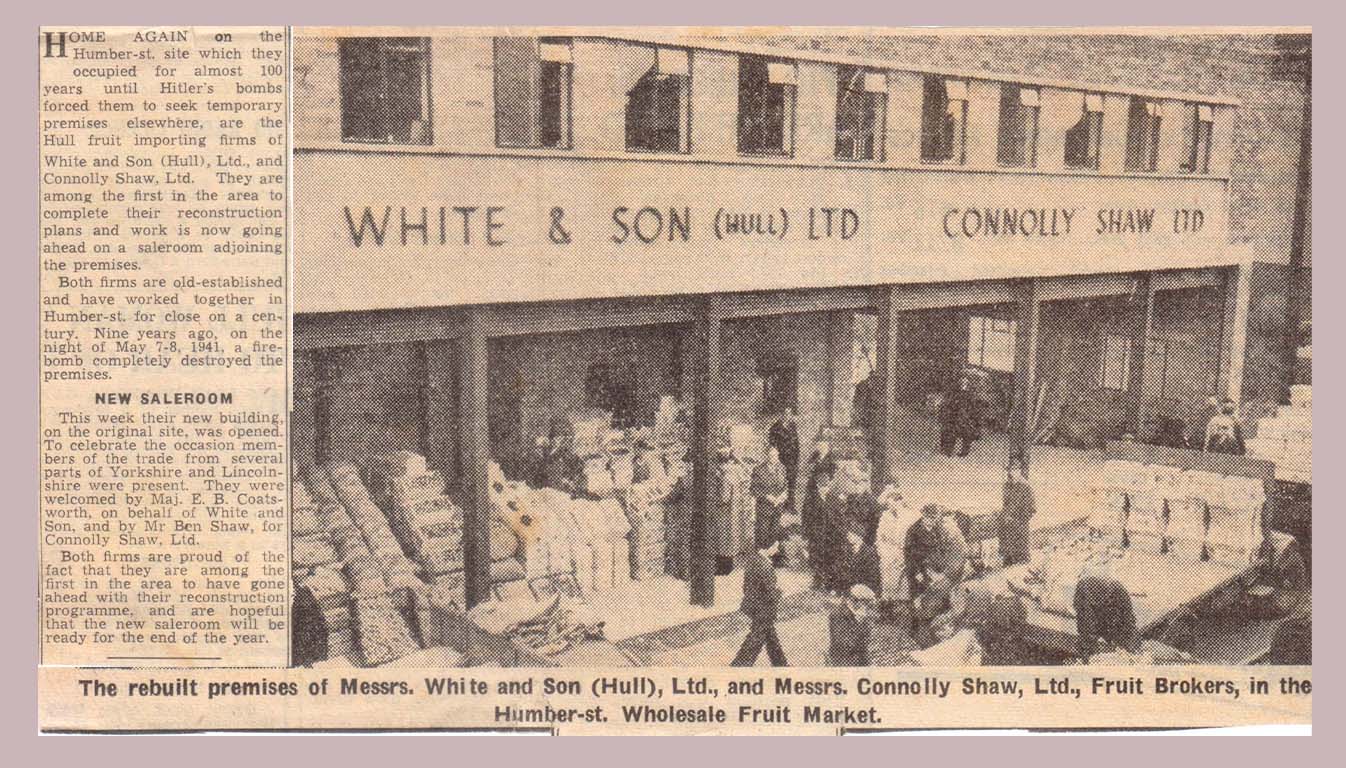
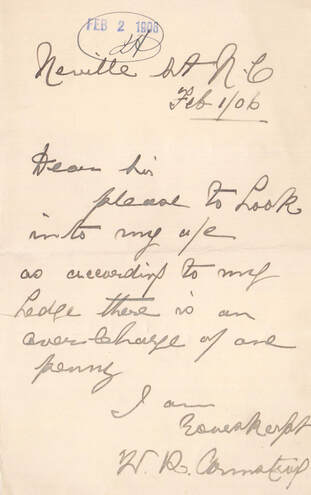




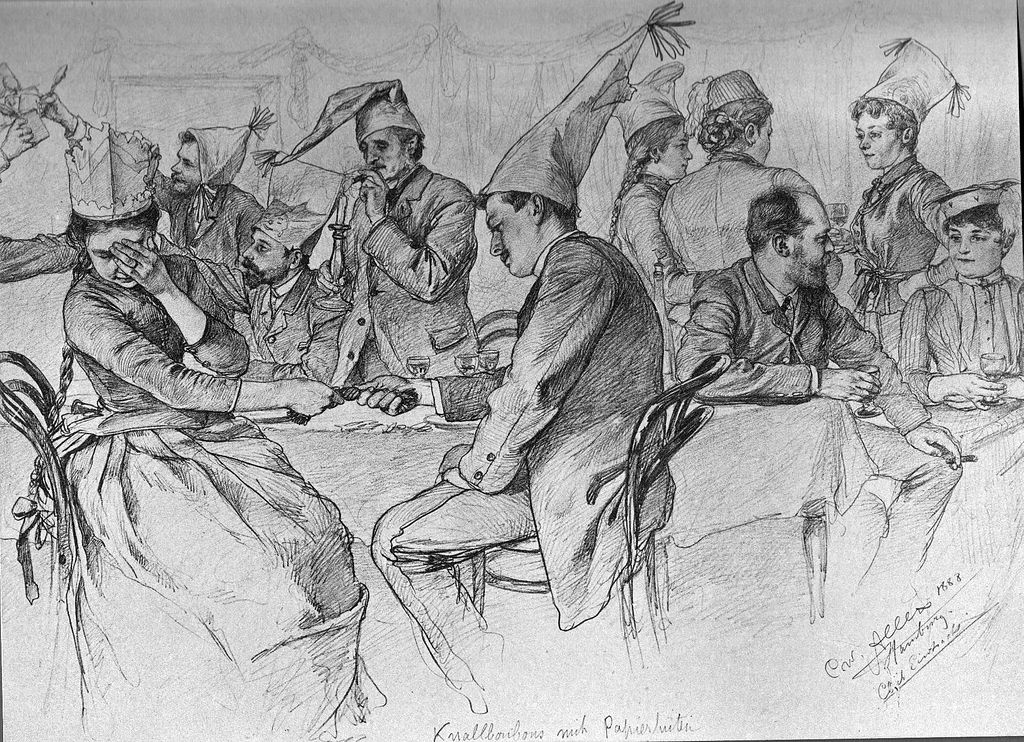
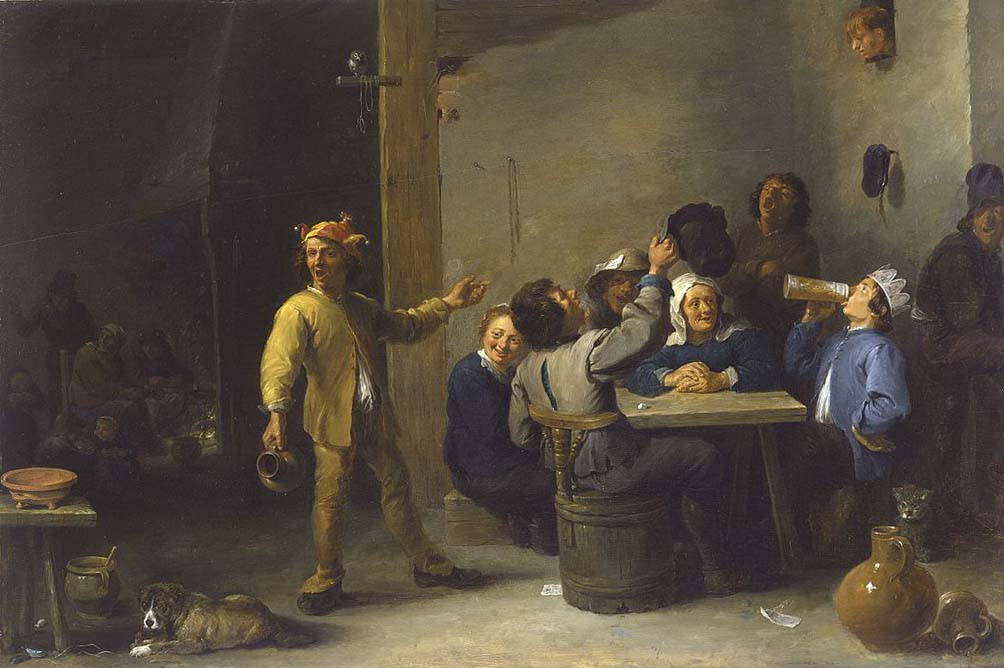
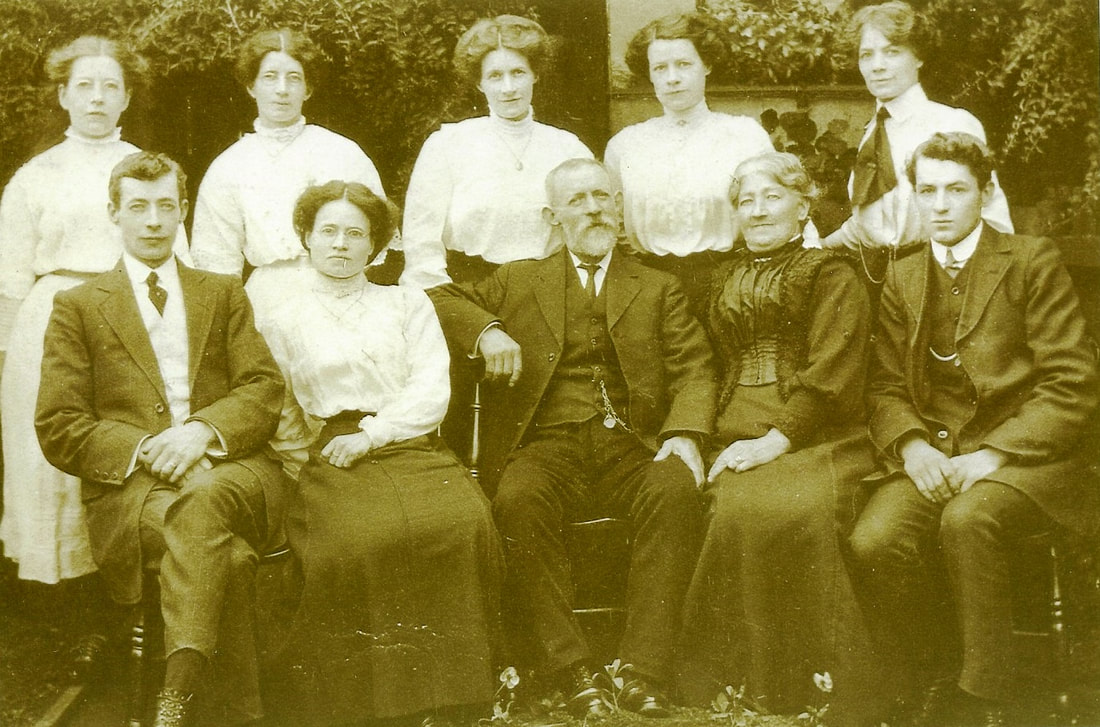
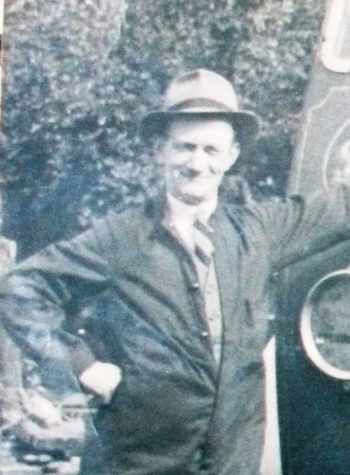
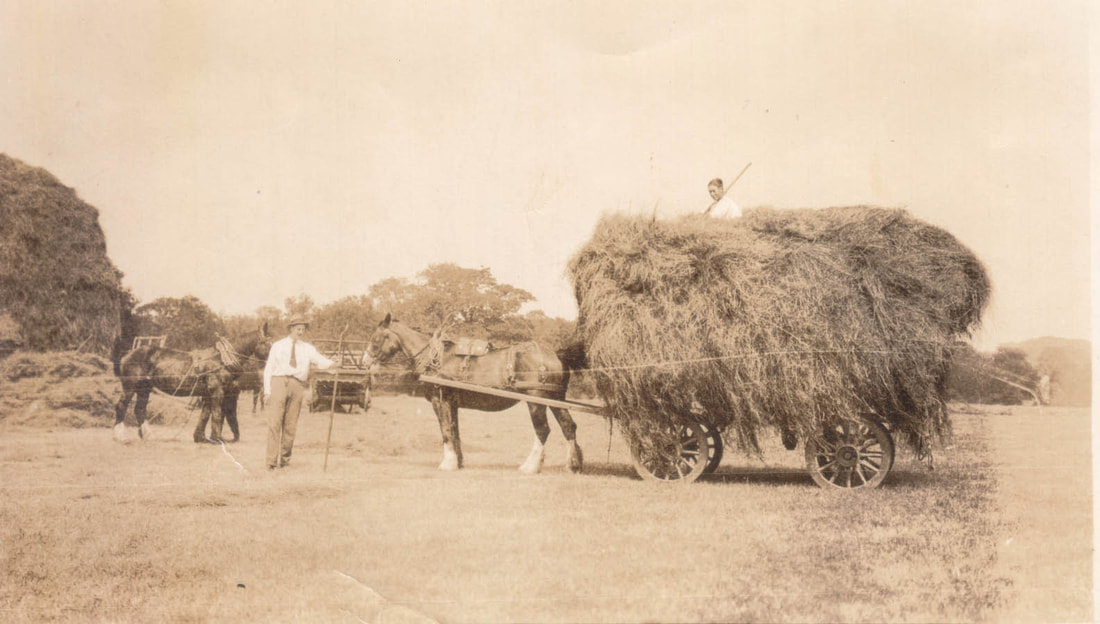
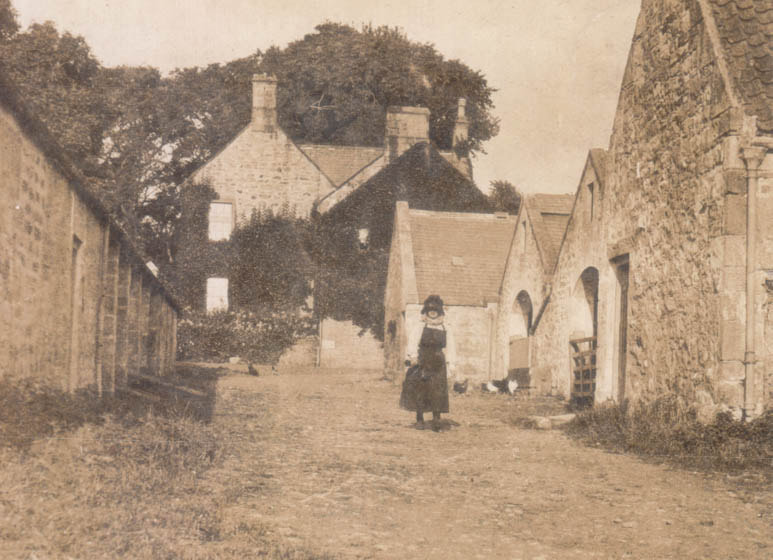

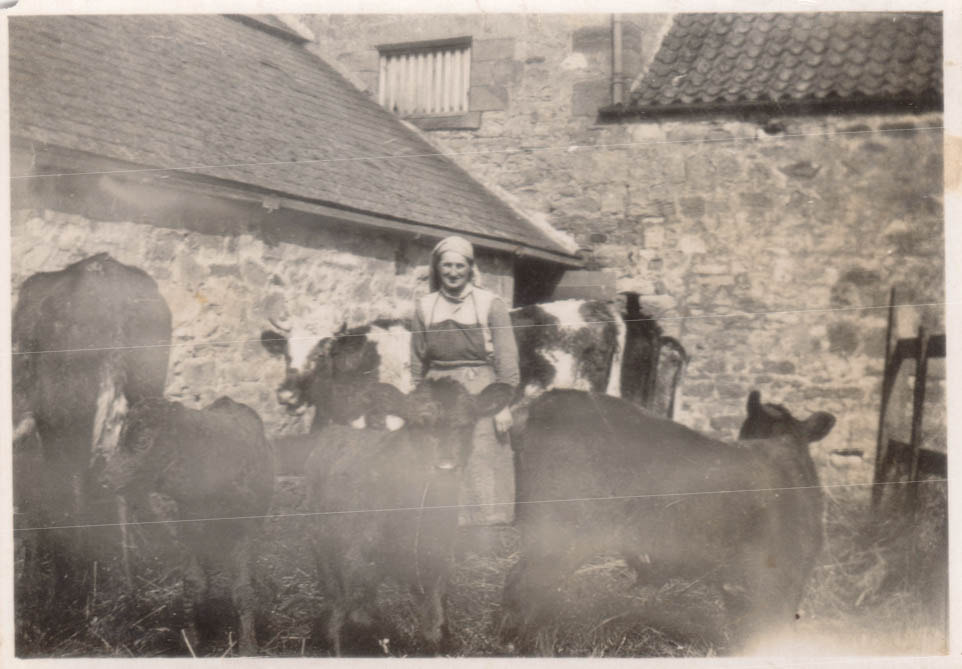
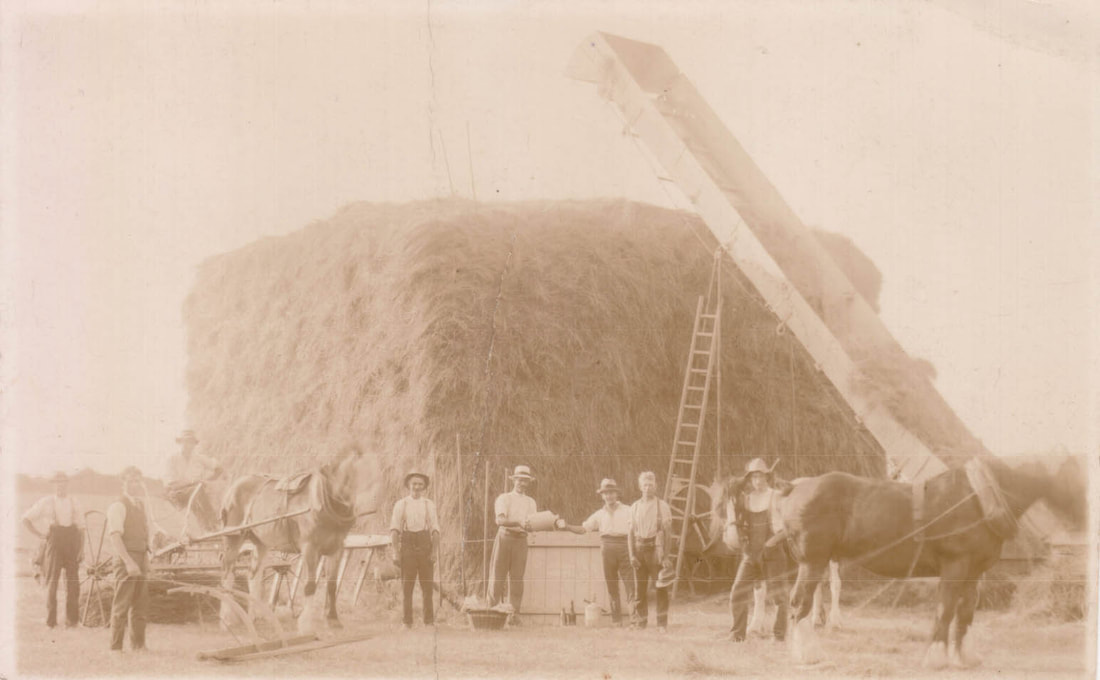
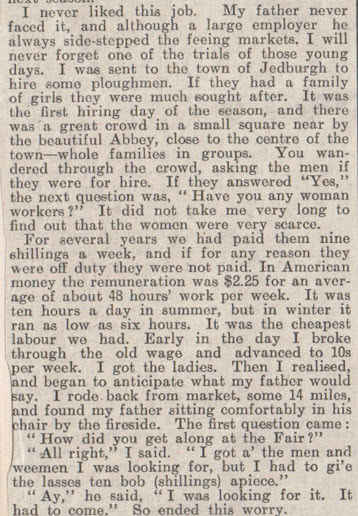
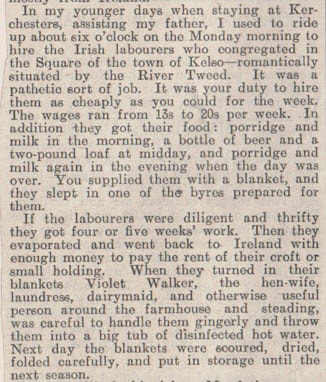
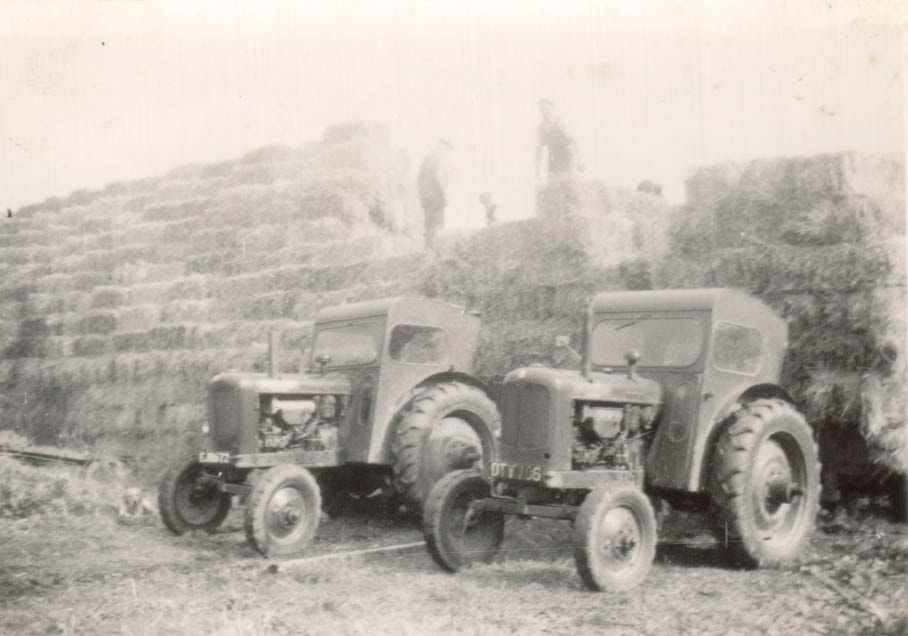

 RSS Feed
RSS Feed
